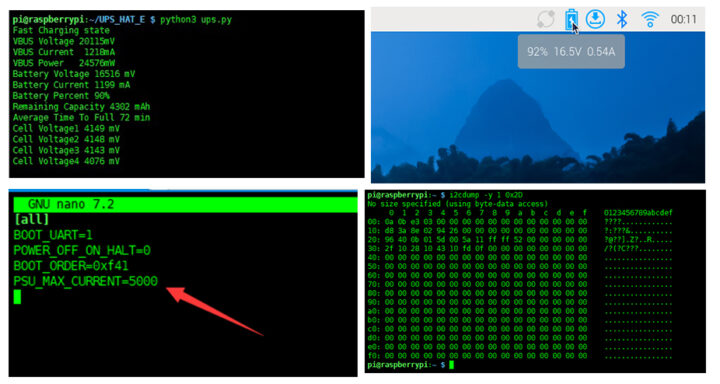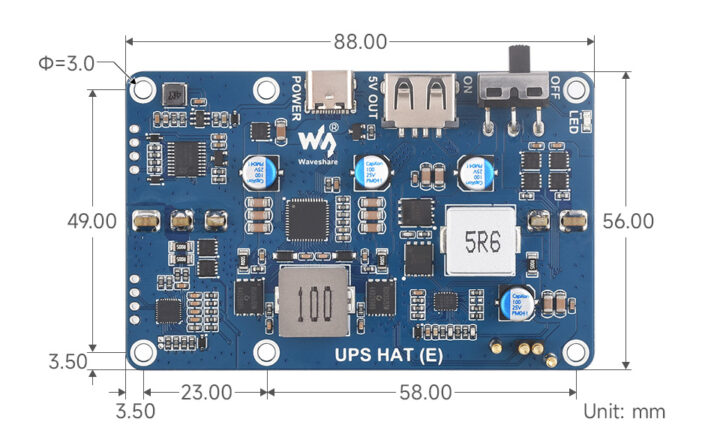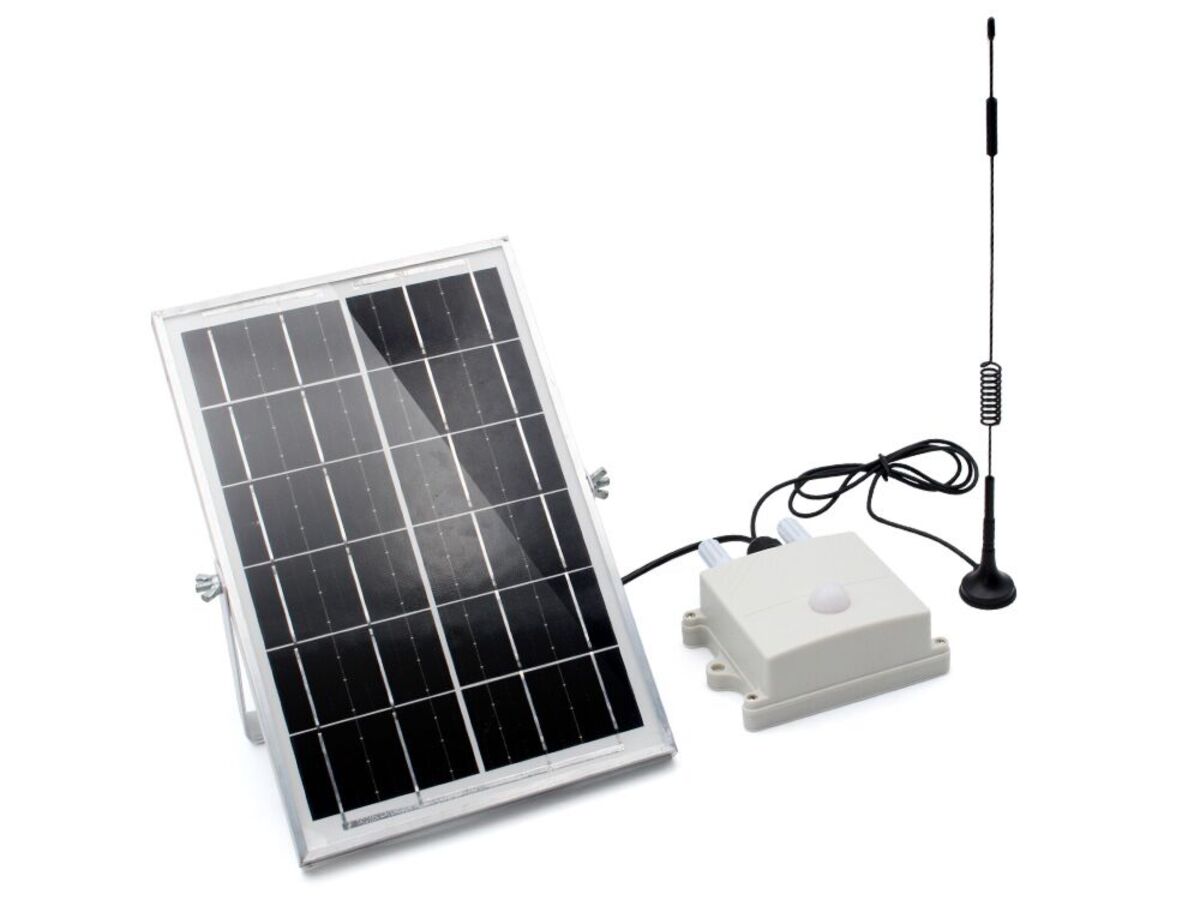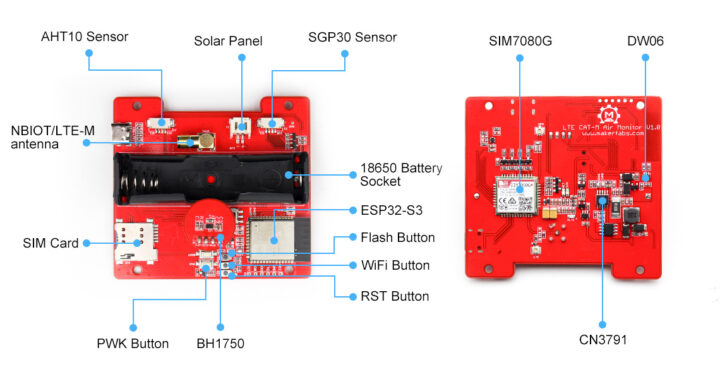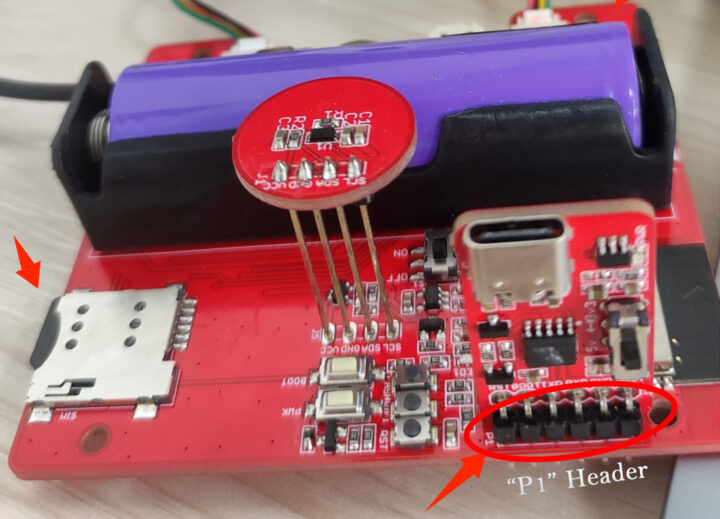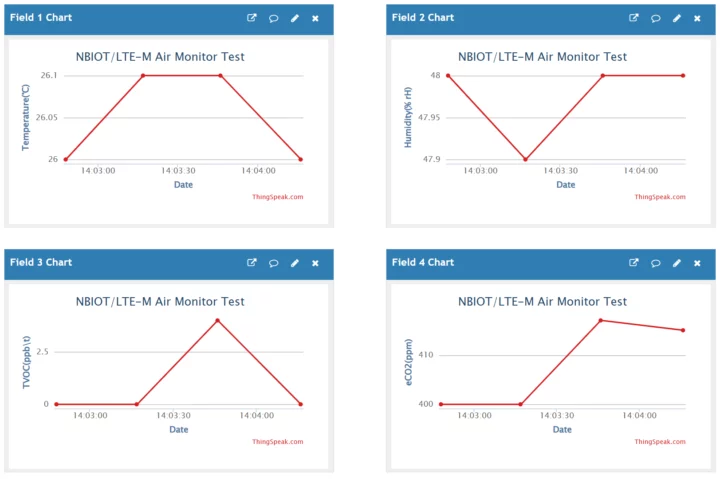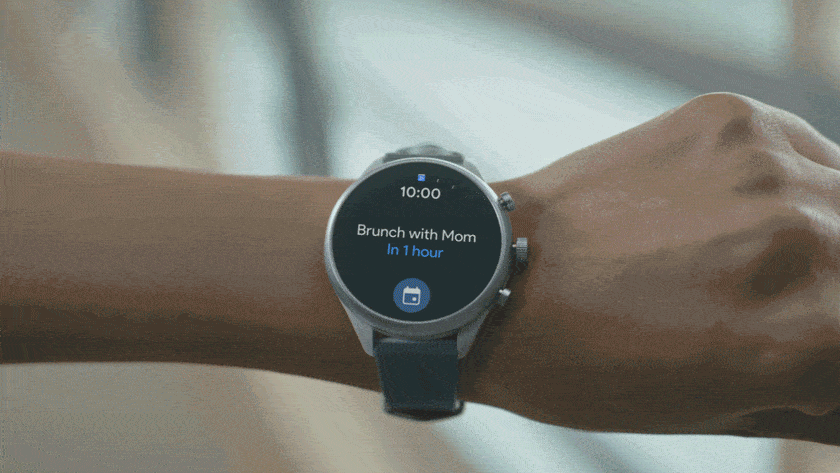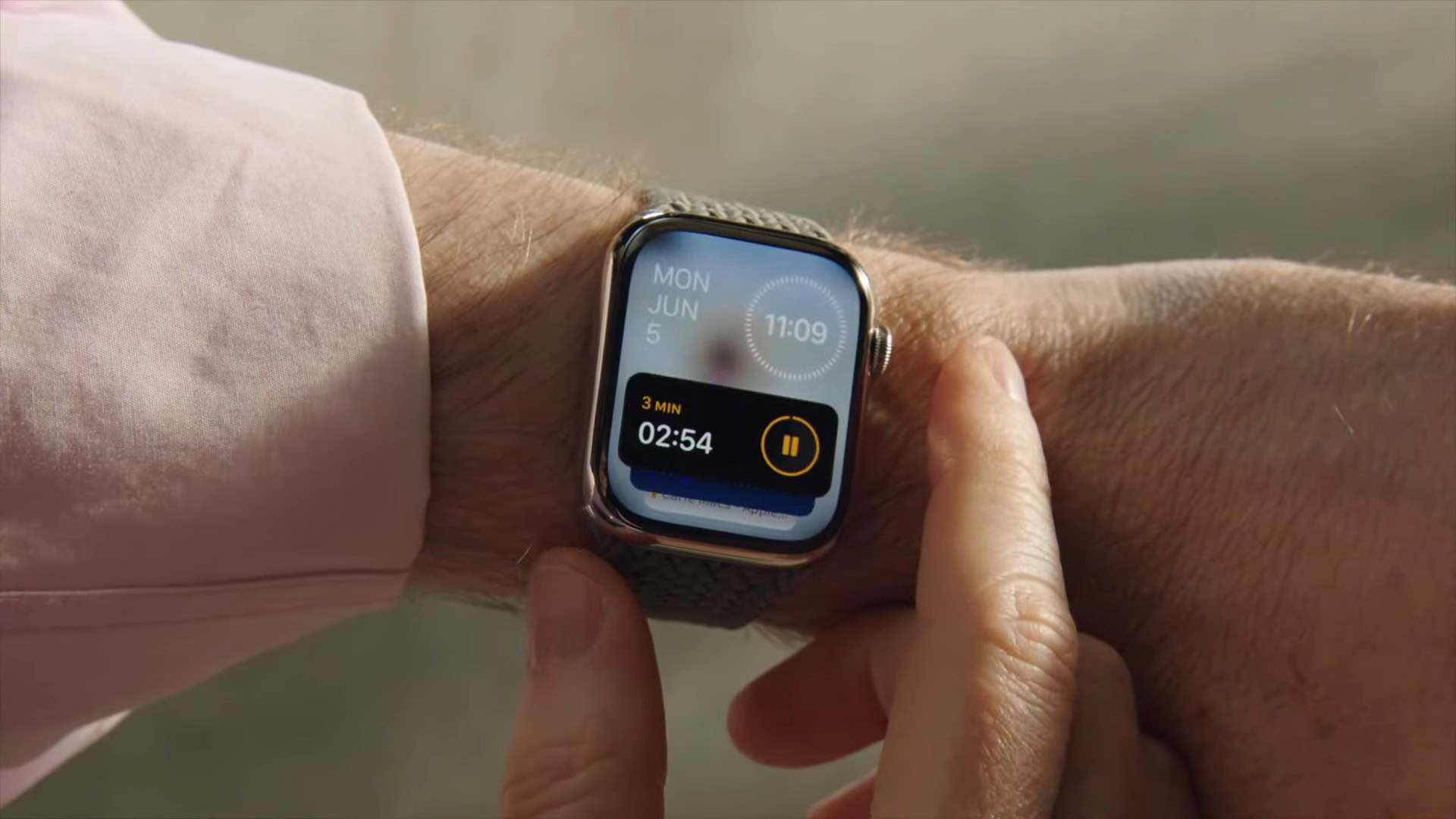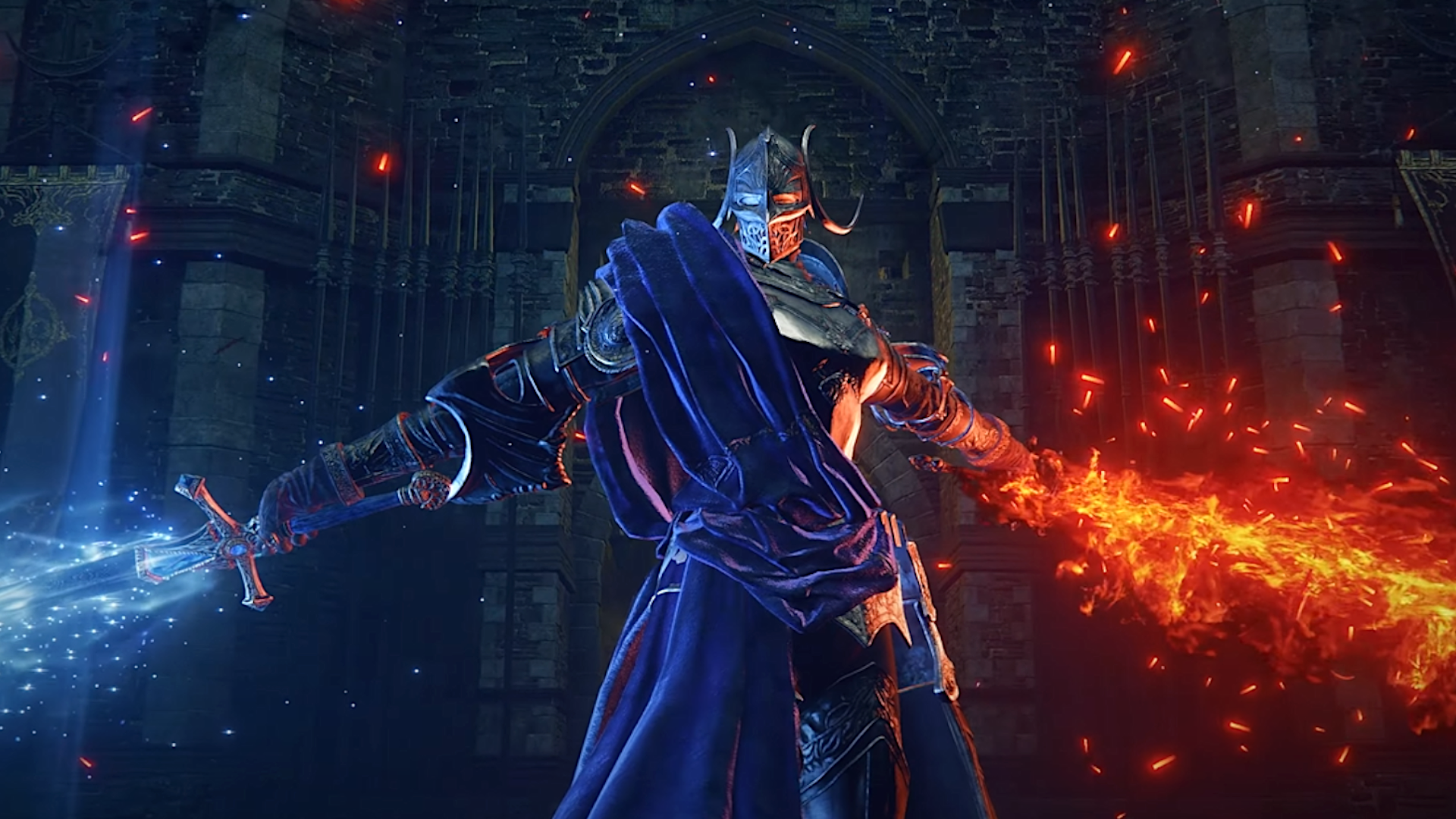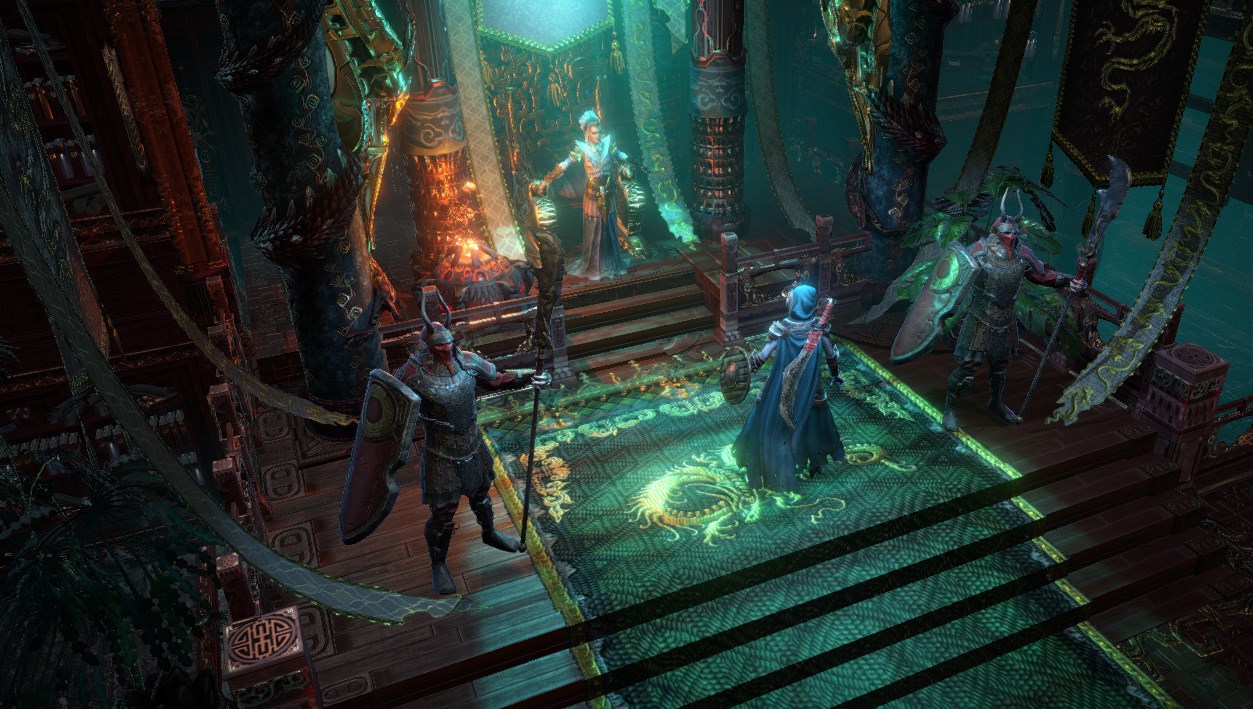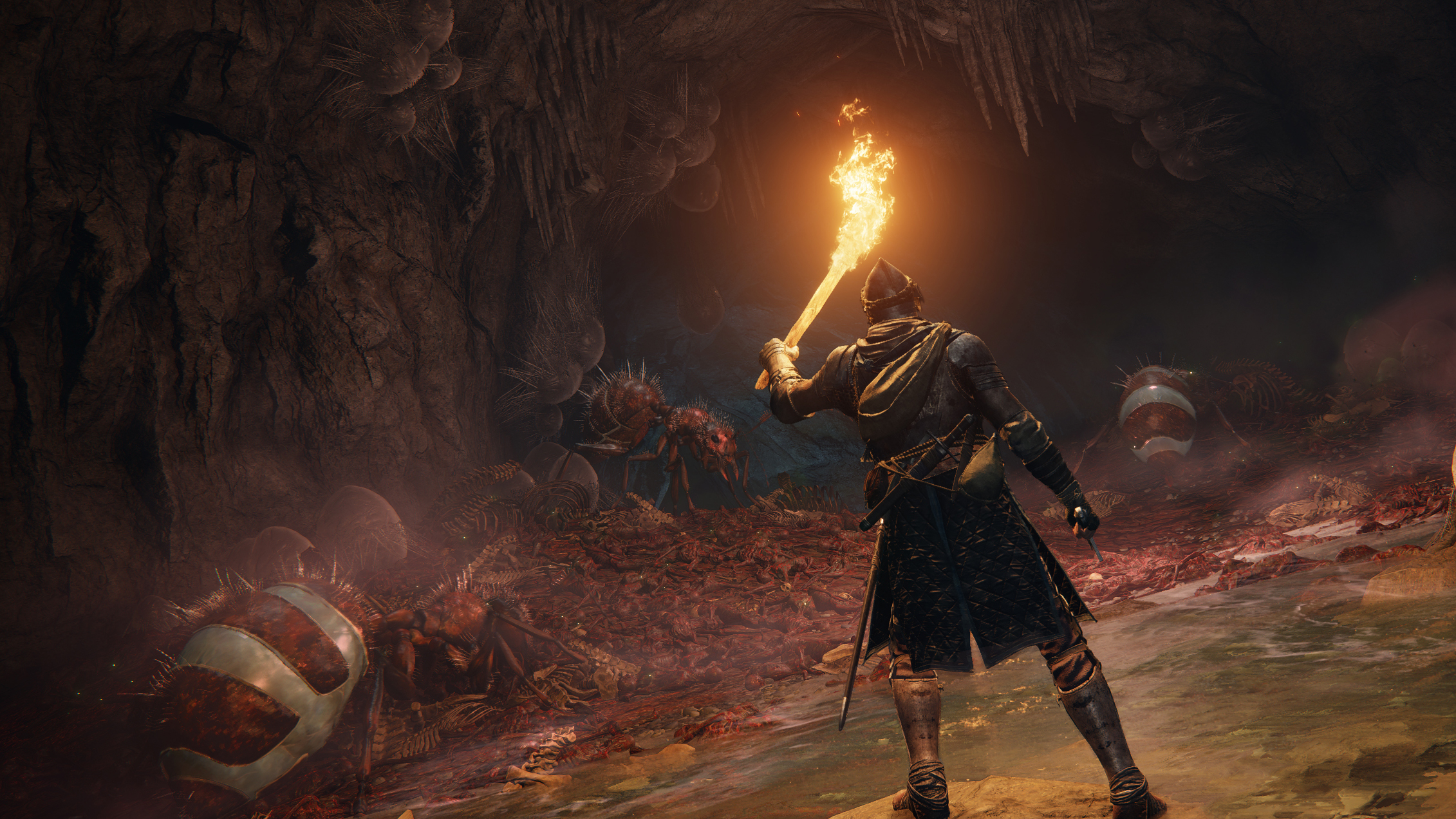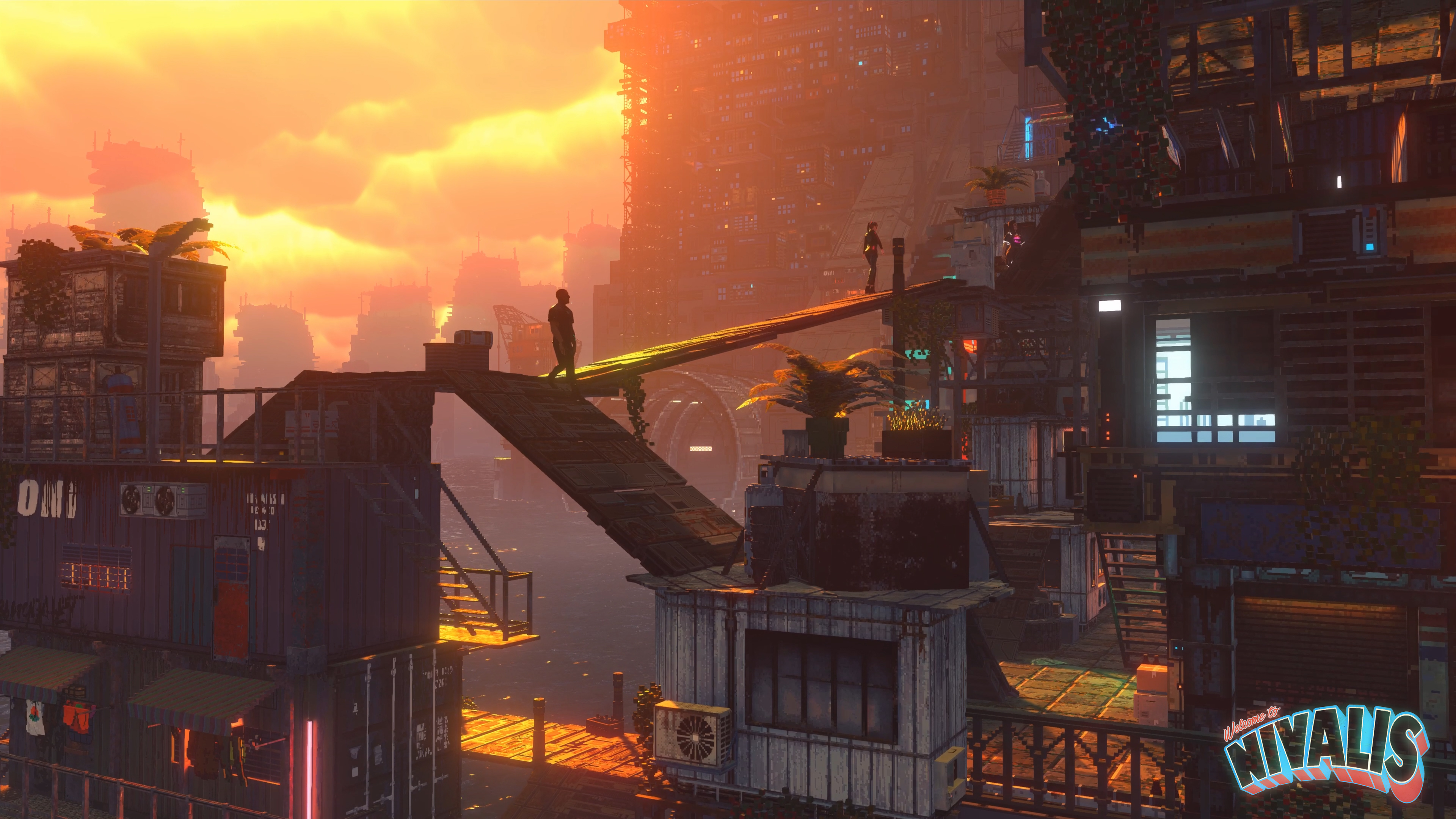Renesas RRH62000 multi-sensor indoor air quality monitoring module features particle, VOC, and gas sensors

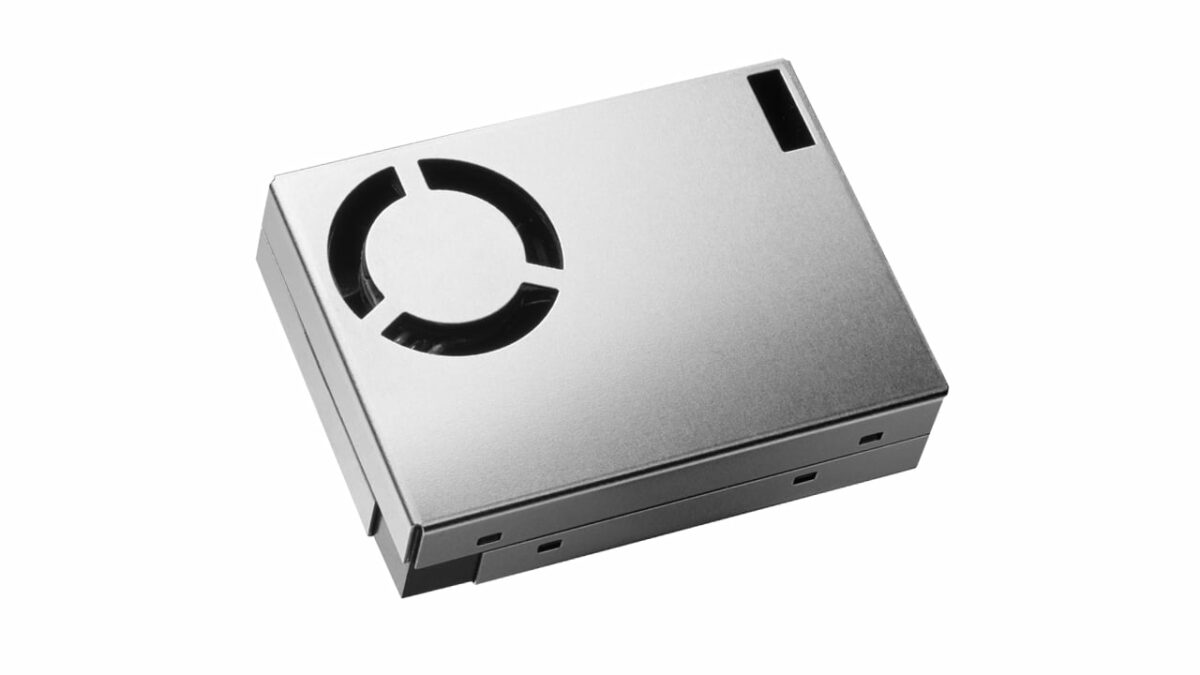
Renesas Electronics has introduced the RRH62000, a compact multi-sensor module for indoor air quality monitoring. It integrates particle detection, VOC, and gas sensing with an onboard Renesas MCU for sensor management. The module is designed for use in air purifiers, smoke detectors, HVAC systems, weather stations, and smart home devices.
The RRH62000 is an integrated sensor module that measures key air quality parameters, including particulate matter (PM1, PM2.5, PM10), total volatile organic compounds (TVOC), Indoor Air Quality Index (IAQ), estimated carbon dioxide (eCO2), temperature (T), and relative humidity (RH). These measurements are combined into a single package, with digital outputs available for each sensor, enabling simultaneous measurement. The module features a six-pin connector for easy plug-and-play integration.
The RRH62000 is available with the RRH62000-EVK evaluation kit, which simplifies the testing of the integrated sensor module. The module measures critical air quality parameters and connects to a Windows PC via USB. The evaluation kit includes a USB cable, ESCom board, RRH62000 sensor module, and a Quick Start Guide.
Renesas RRH62000 module specifications
- MCU – Onboard Renesas microcontroller
- Integrated multi-sensor module for air quality monitoring
- Particulate matter (PM1, PM2.5, PM10)
- Detects particle sizes from 0.3 µm to 10µm
- Mass concentration measurement range: 0 to 1,000 µg/m³
- Mass concentration resolution: 1 µg/m³
- Number concentration range: 0 to 3,000 particles/cm³
- Gas Sensor (ZMOD4410)
- TVOC measurement range – 160 to 10,000 ppb
- IAQ measurement range – 1 to 5 IAQ
- Estimated CO2 (eCO2) range – 400 to 5,000 ppm
- Humidity and Temperature Sensor (HS4003)
- Humidity range: 0 to 100% RH
- Humidity accuracy: ±5 to ±7% RH (20% to 80% RH range)
- Temperature range: -40°C to 125°C
- Temperature accuracy: ±0.4°C to ±0.55°C (-10°C to 80°C range)
- Particulate matter (PM1, PM2.5, PM10)
- Host interfaces – I2C and UART
- Connector – ACES 51468-0064N-001 connector for data output and power
- Power Supply
- Input voltage: 4.5V to 5.5V
- Current consumption during measurement – Max. 60mA
- Current consumption during cleaning – Max. 70mA
- Sleep mode current – Max. 50µA
- Dimensions – 46.6 x 34.8 x 12 mm
- Temperature Range
- Operating temperature: -10 to 60°C
- Storage temperature: -40 to 75°C
- Humidity range – 0-90%RH, non-condensing
- Qualified according to JEITA ED-4701
- Siloxane resistant
- Protected module housing
- Dust accumulation prevention
- High-speed fan self-cleaning mechanism
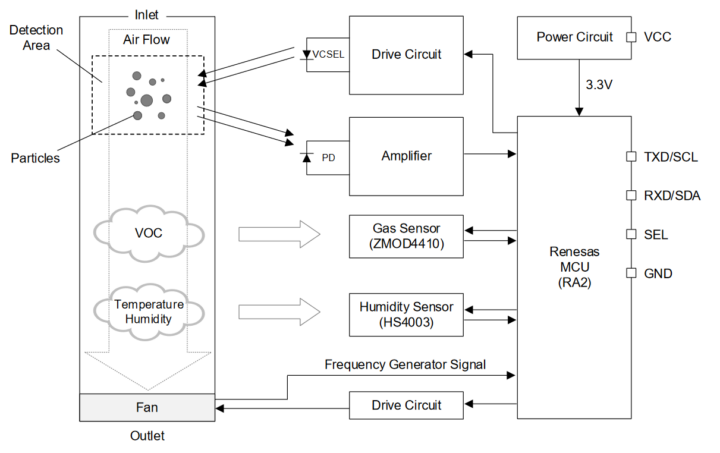
Renesas RRH62000-EVK specifications
- MCU – Renesas RA4M2
- Core – Arm Cortex-M33 microcontroller @ 100MHz
- SRAM – 128KB
- Code flash memory – up to 512 KB
- Data flash memory – 8KB
- Package – 48-pin LQFP
- Connectivity
- USB Type-C connector for connecting the communication board to the user’s computer
- PMOD Connector (Female) for additional sensors via I2C interface
- PMOD Connector (Male) for Renesas MCU EVKs
- 14-pin connector for connecting the environmental sensor boards to the ESCom communication board
- Compatible Sensors
- ZMOD4410 & RRH46410 for TVOC, IAQ
- ZMOD4510 for O3, NO2, OAQ
- ZMOD4450 for RAQ
- HS3001 & HS4001 for RHT
- FS3000 for Air velocity
- RRH62000 for PM, TVOC, RHT
- Misc
- Power LED – Blue when power is ON
- Status LED – Blue when ESCom is connected, blinks green when communication takes place
- Power Supply
- 5V via USB-C connector for internal power
- 1.8V to 3.3V supply with external power supply pin
- Dimensions – TBD
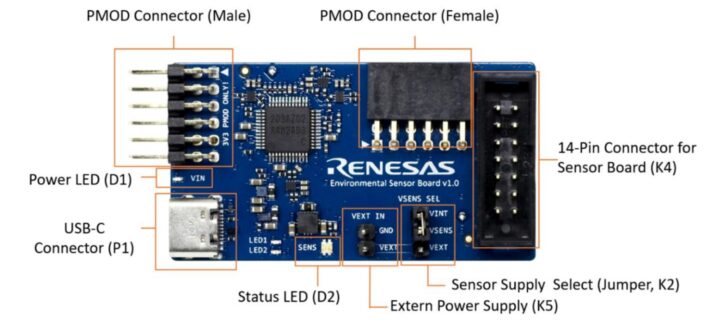
The RRH62000-EVK software, ES-Eval, provides a user-friendly graphical interface for configuring and evaluating the RRH62000 environmental sensor module. It features blocks for measurement control, sensor selection, algorithm configuration, signal analysis, and real-time data visualization, allowing users to easily manage and monitor the sensor’s performance. The software also automatically checks for and installs firmware updates for the ESCom communication board upon startup, ensuring optimal functionality. Users can download ES-Eval from the Software Downloads section on the Renesas website.

The documentation for the kits includes a quick start manual, a list of components (BoM), circuit diagrams, and PCB design files for development and production purposes. all can be found on their respective product pages.
Earlier, we covered the STM32-based Indoor Air Quality Sensor, which connects to Raspberry Pi or Arduino. We also wrote about the Qsen-07, the AirGradient One, and Studio LUFF’s Air Quality Sensor, which is built around the ESP32-S3 wireless module. Feel free to check those if you are interested.
At the time of writing, I can see that all the major distributors have this board available on their websites including Mouser where the RRH62000 module is available for $38.08 and RRH62000-EVK is sold for $100.
The post Renesas RRH62000 multi-sensor indoor air quality monitoring module features particle, VOC, and gas sensors appeared first on CNX Software - Embedded Systems News.



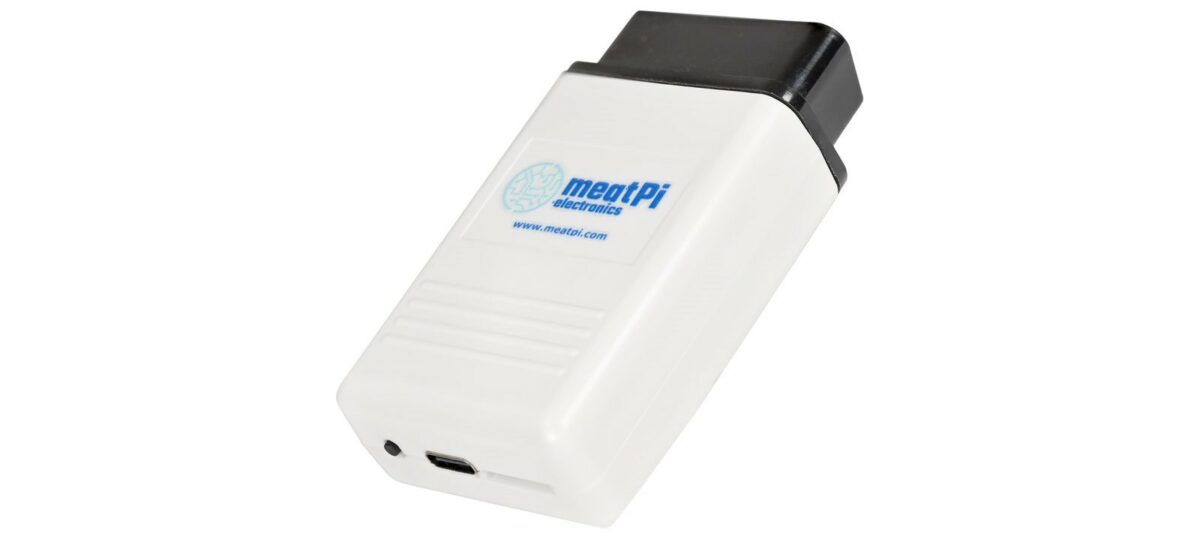
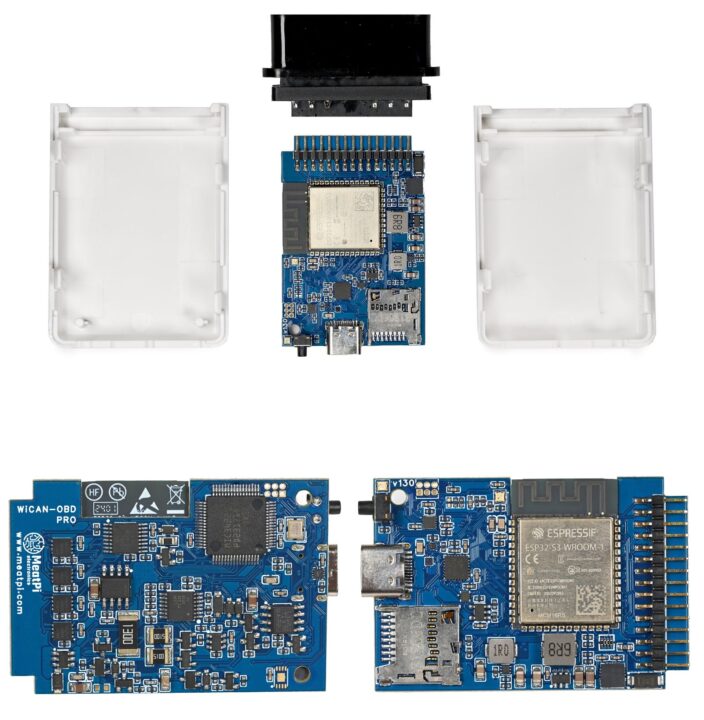
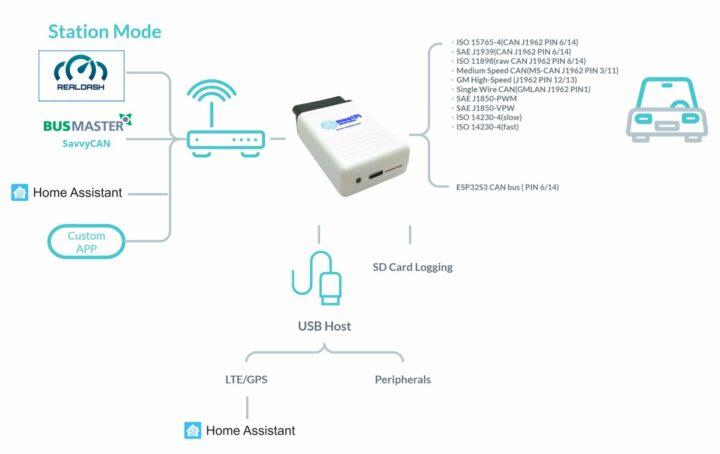
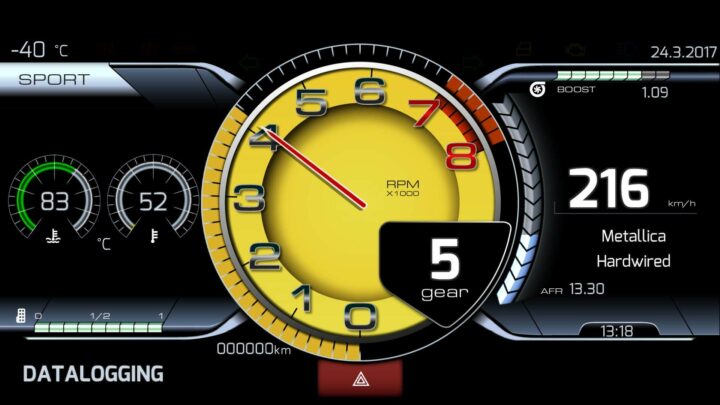
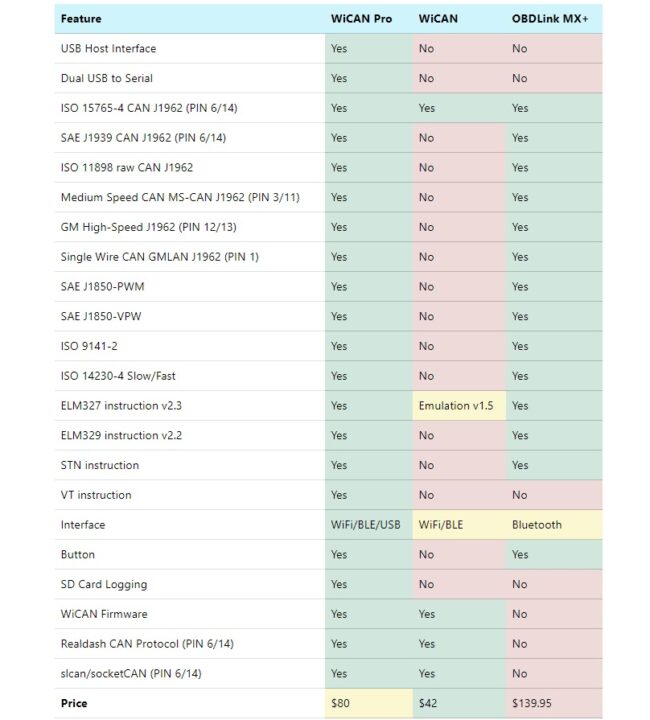
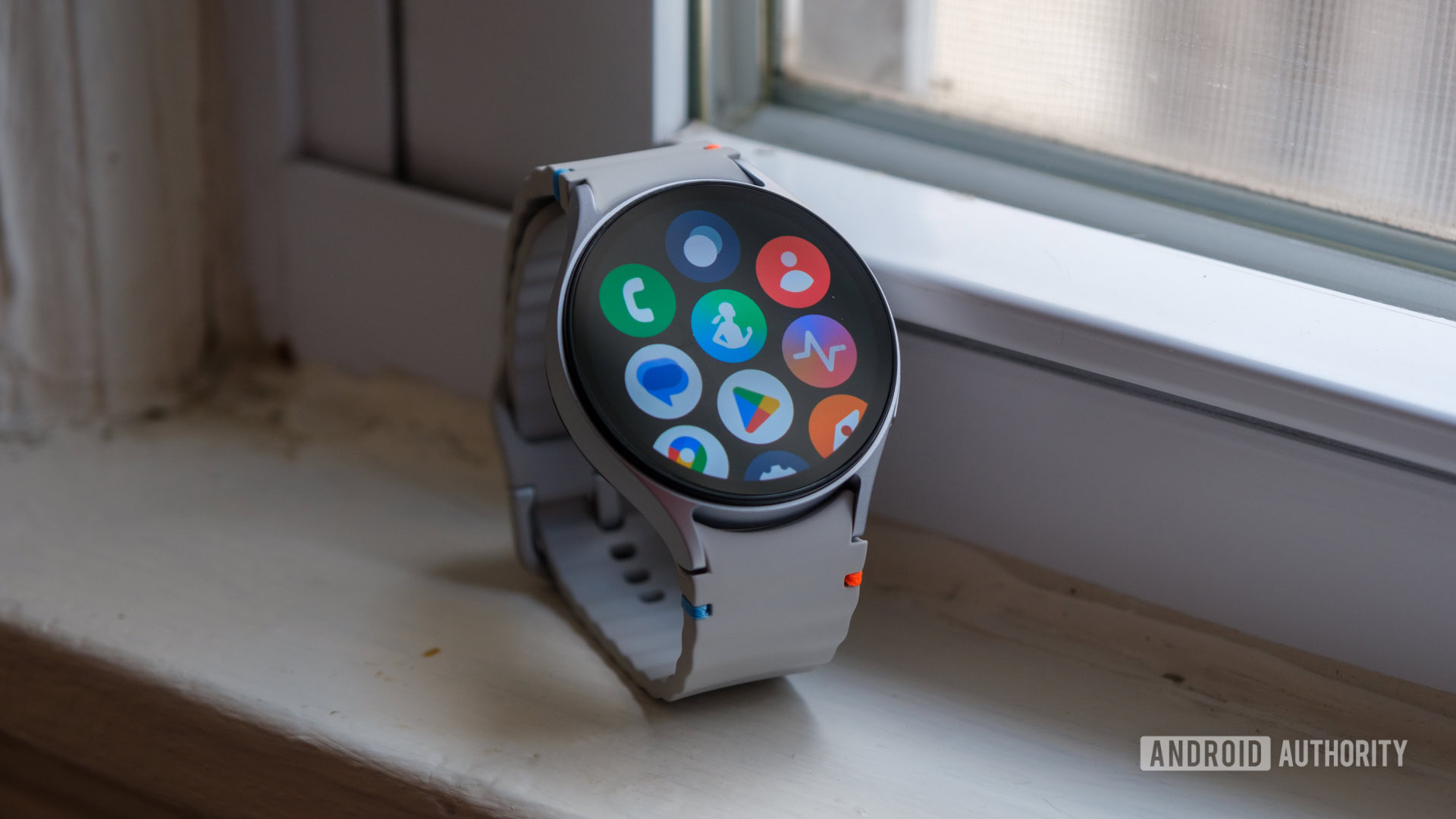
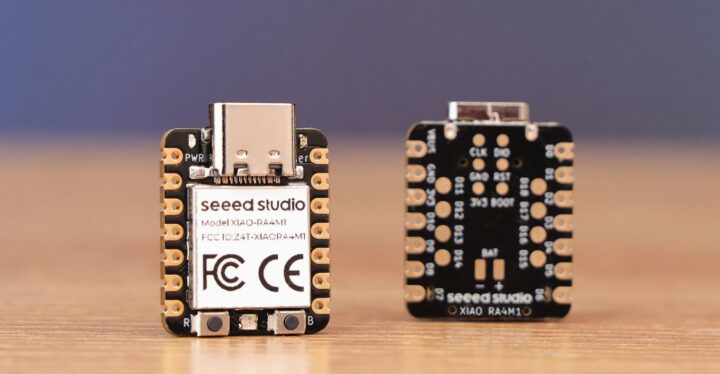
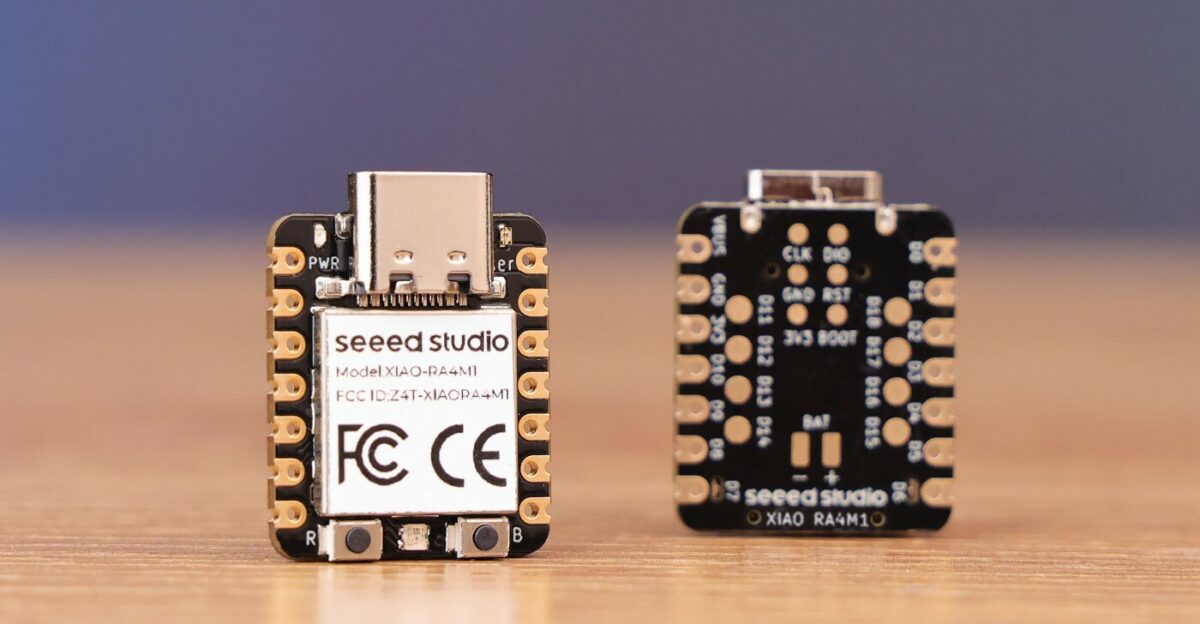
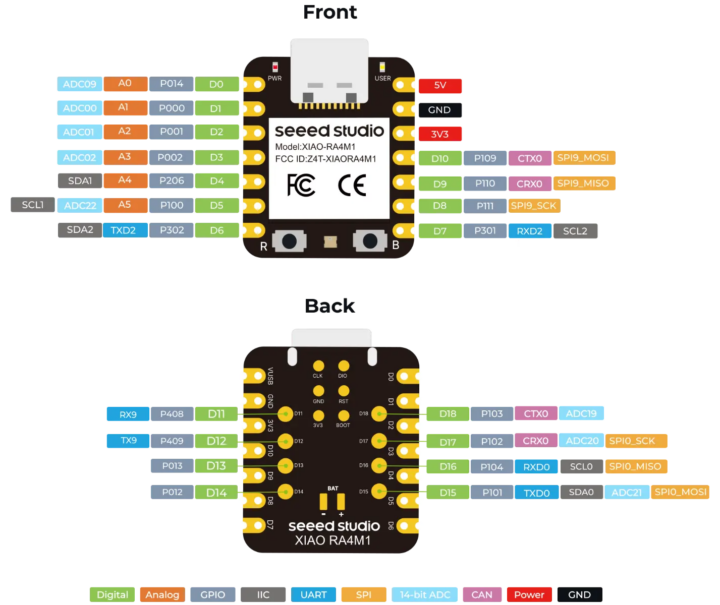


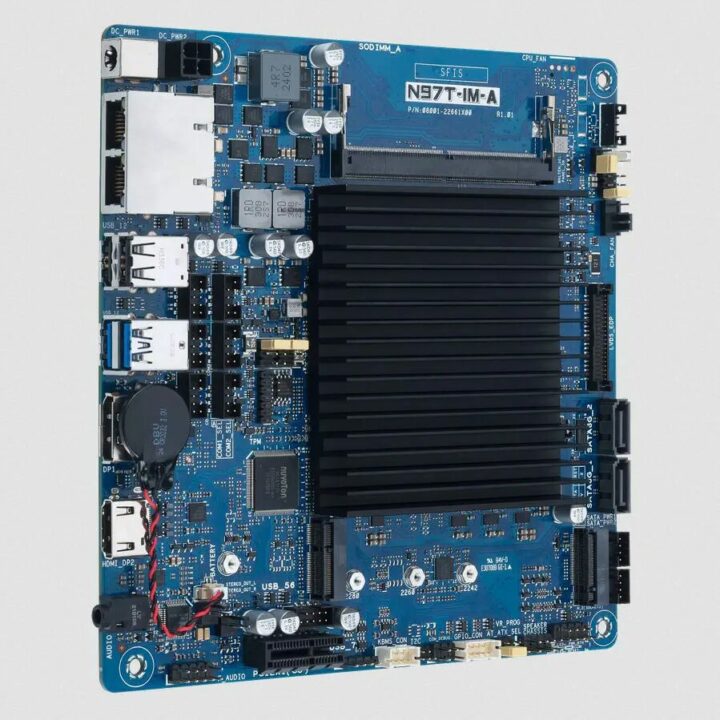
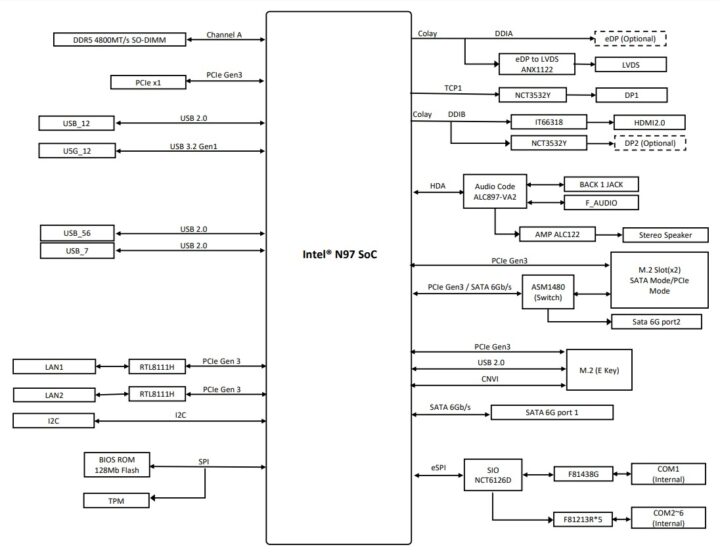
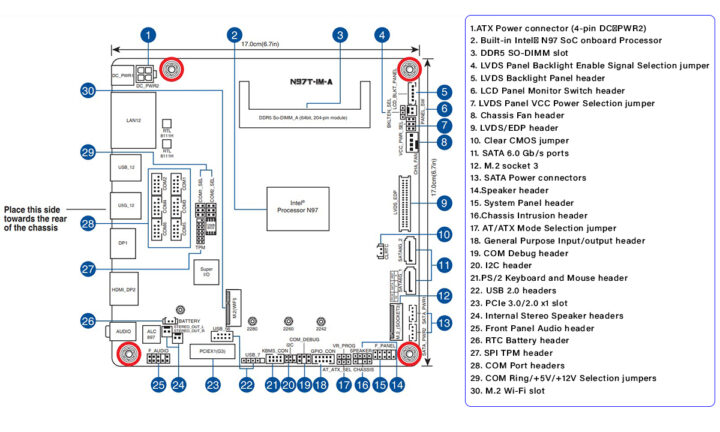
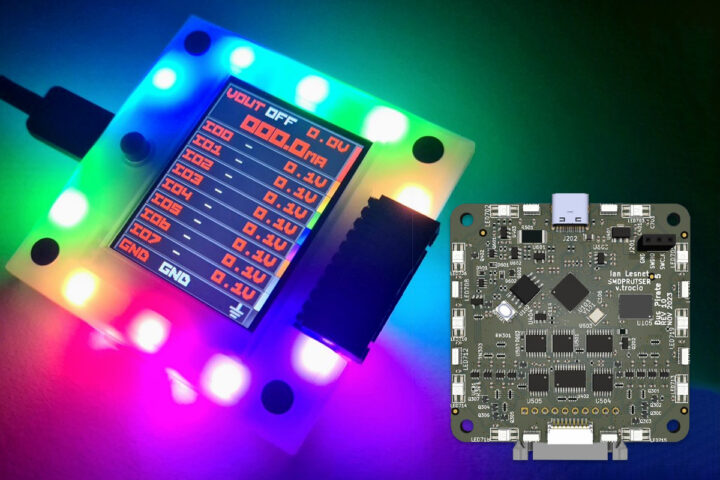
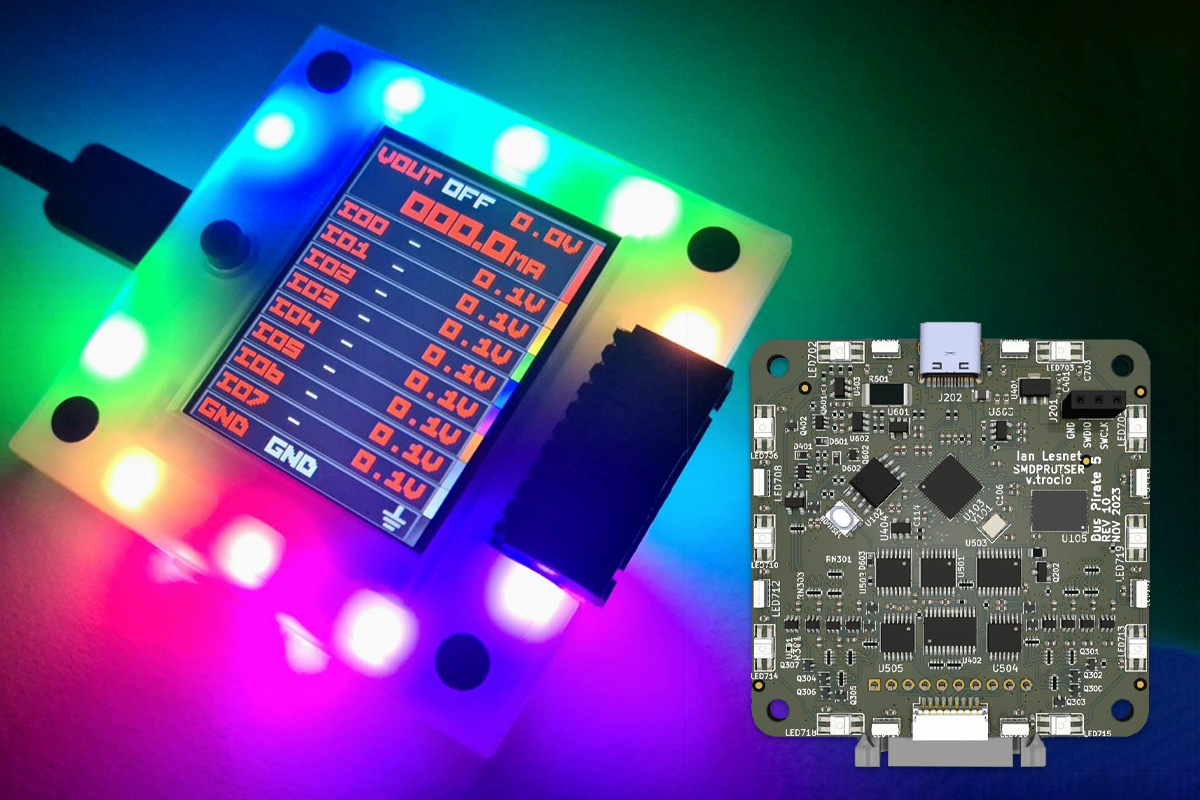
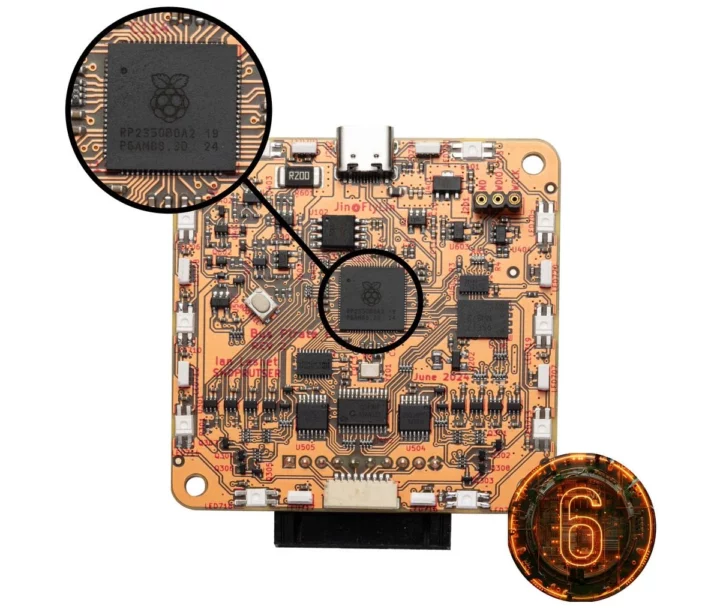
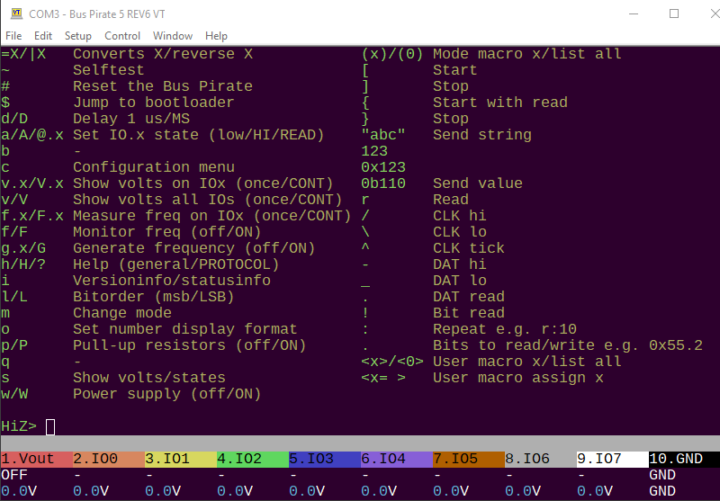
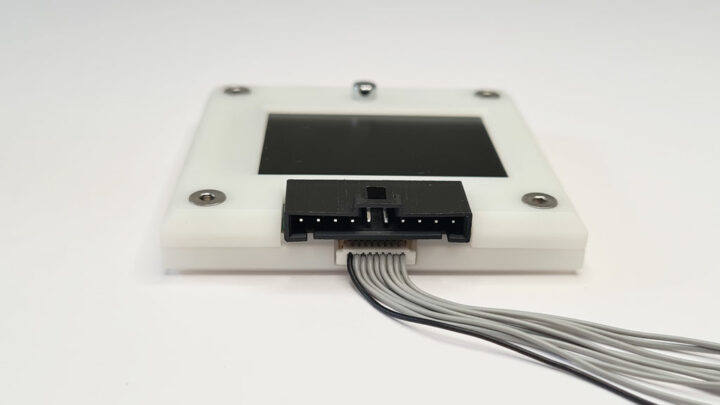
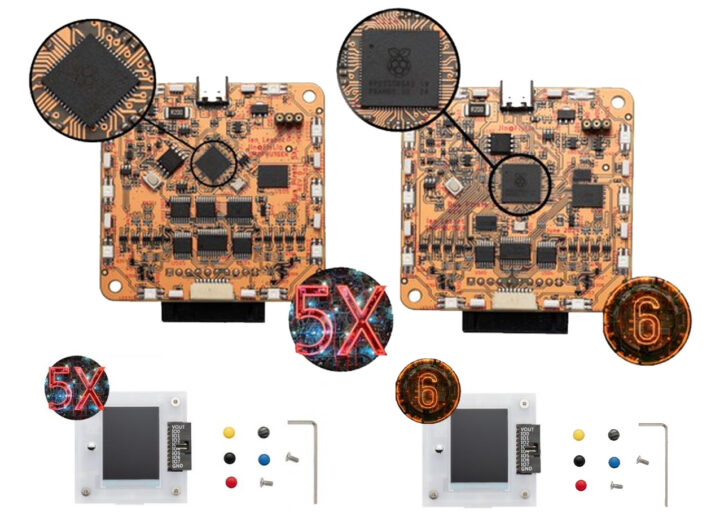

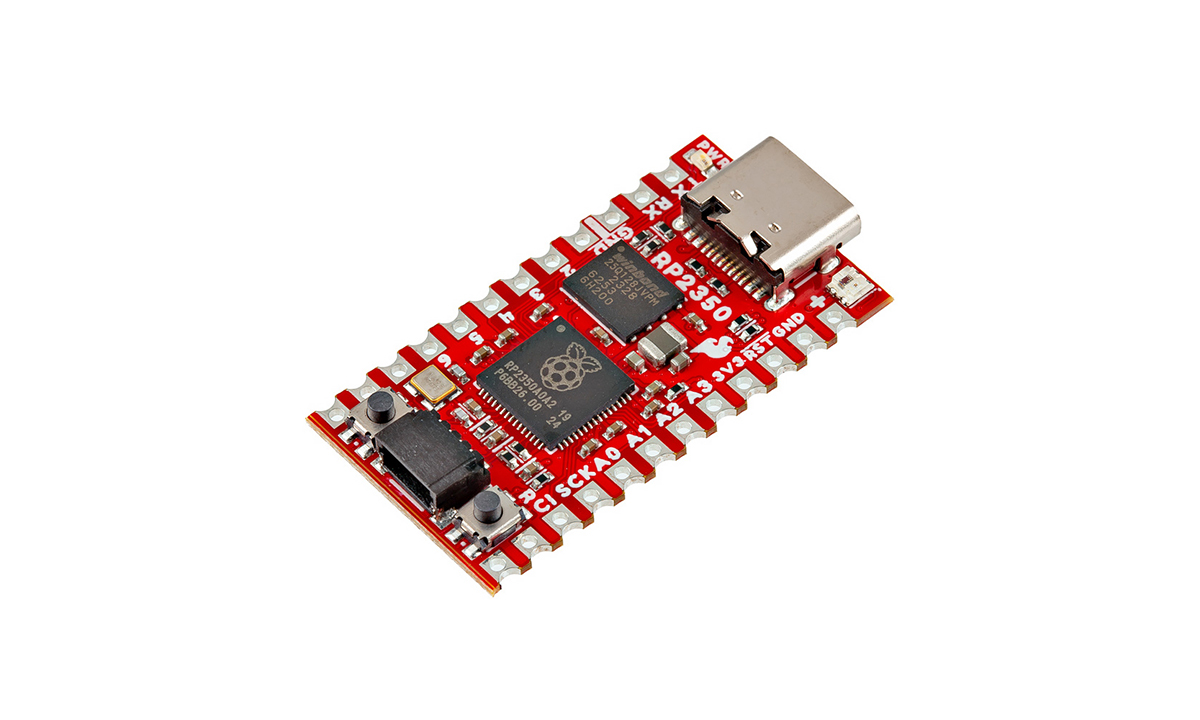
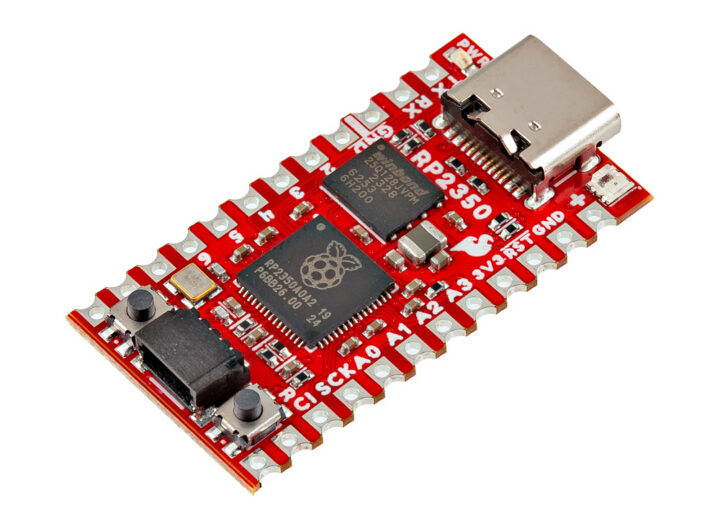
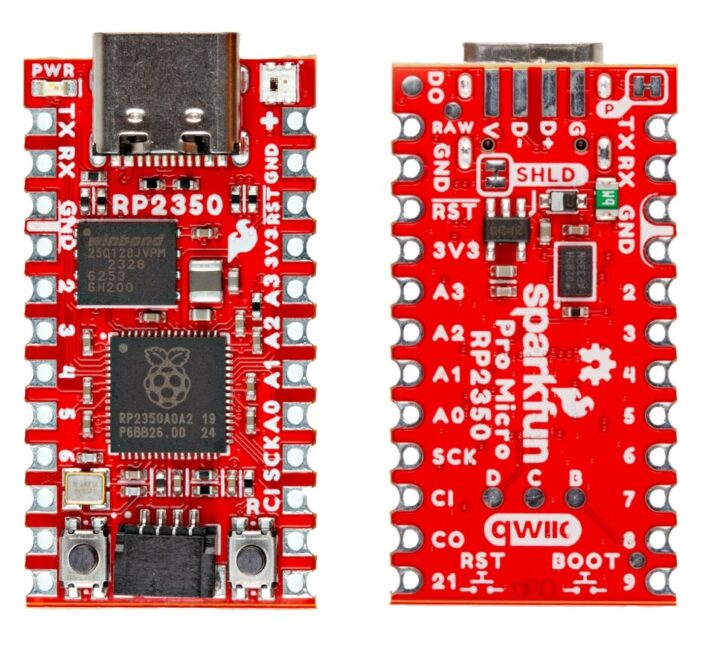
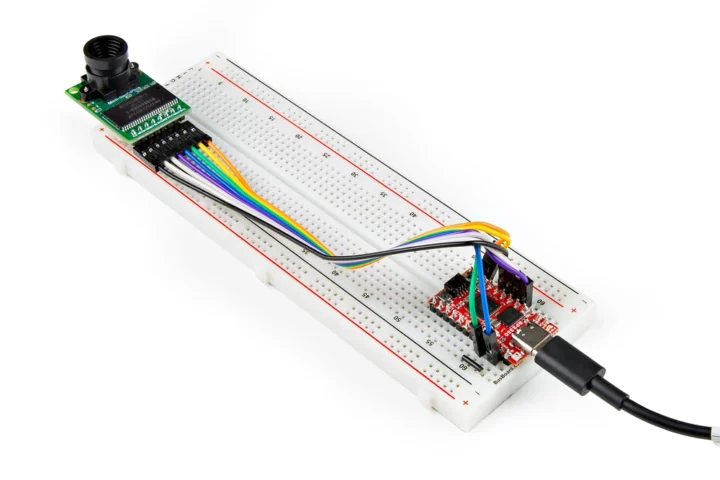


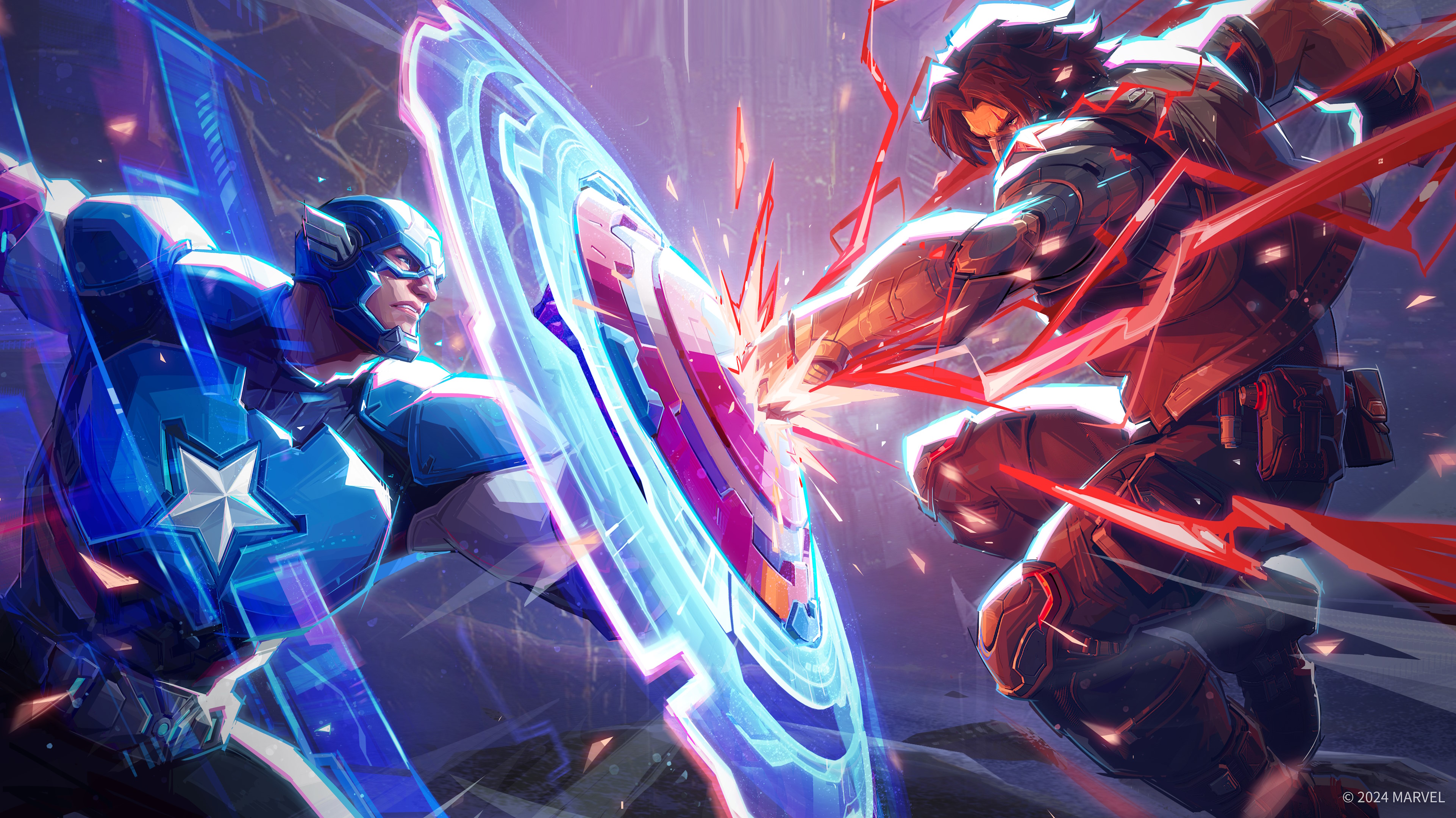
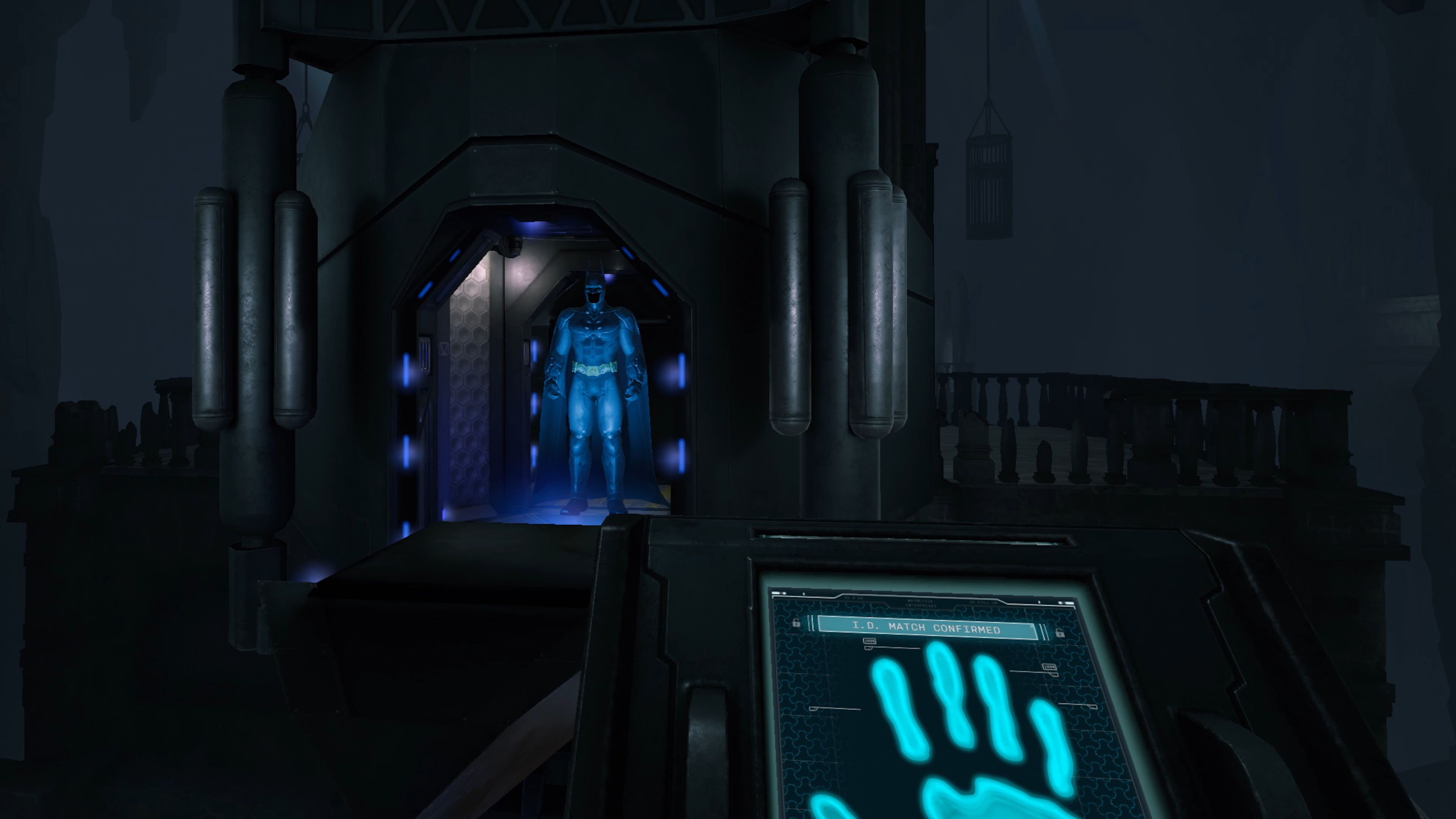
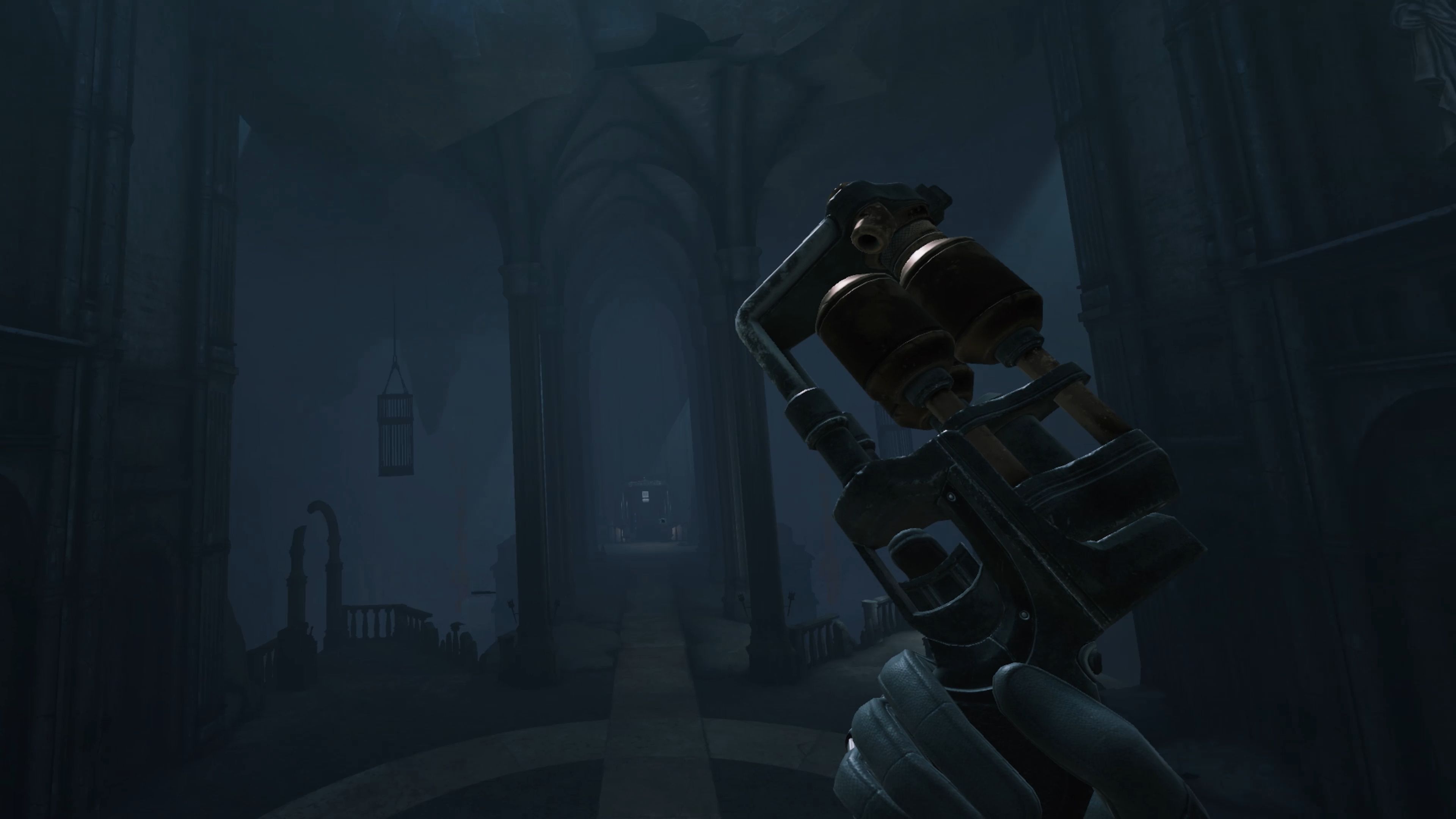
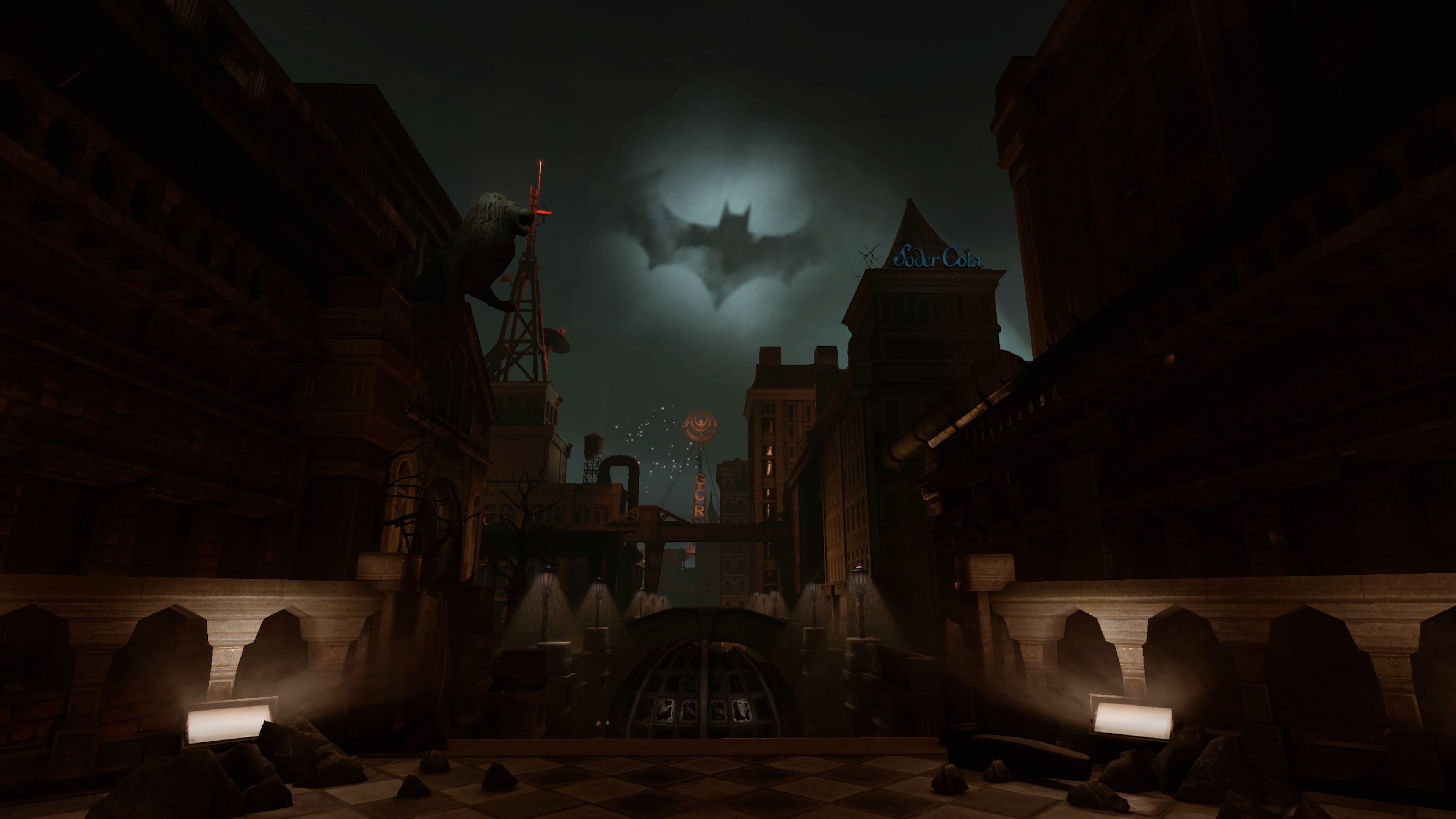
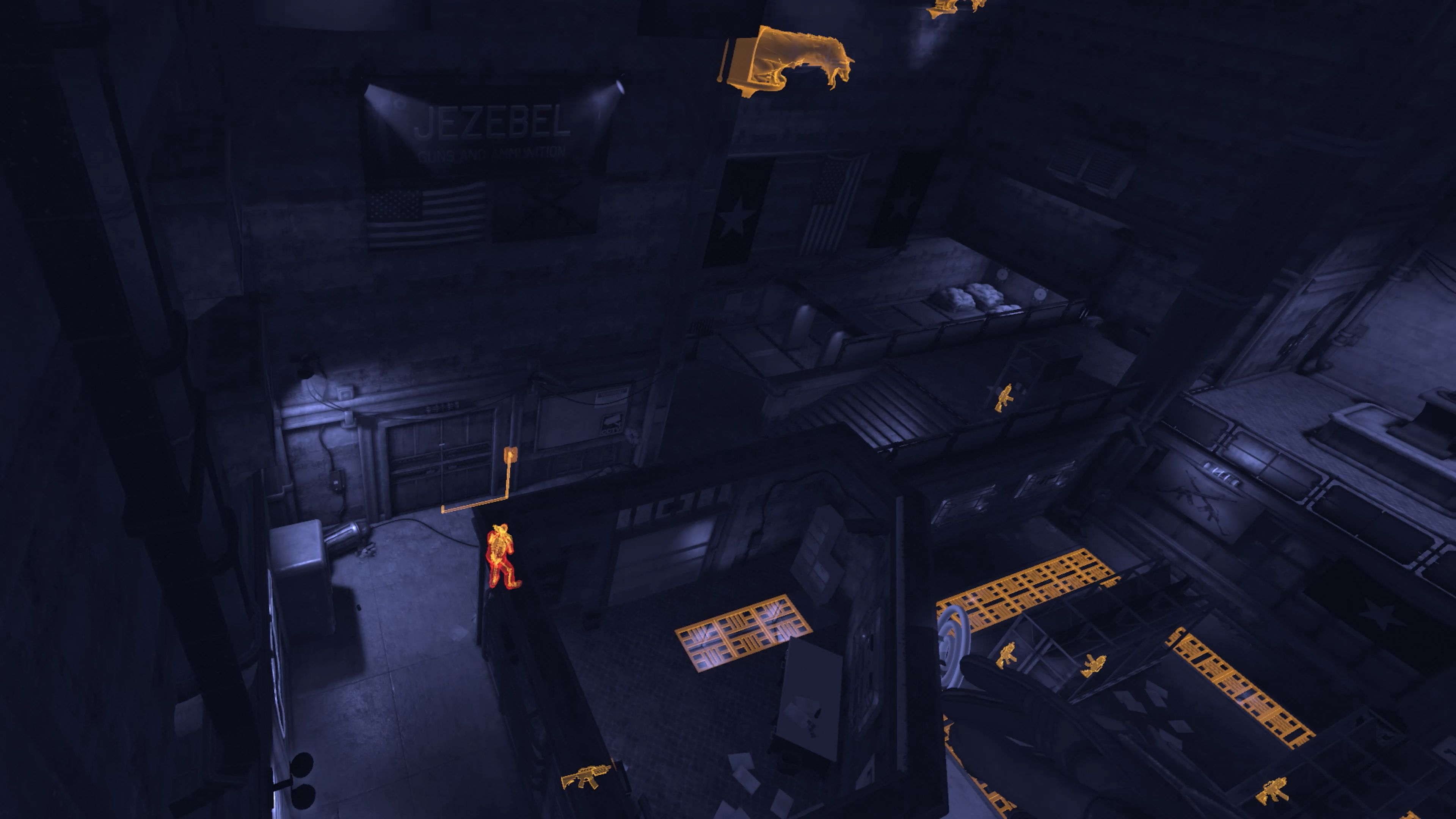




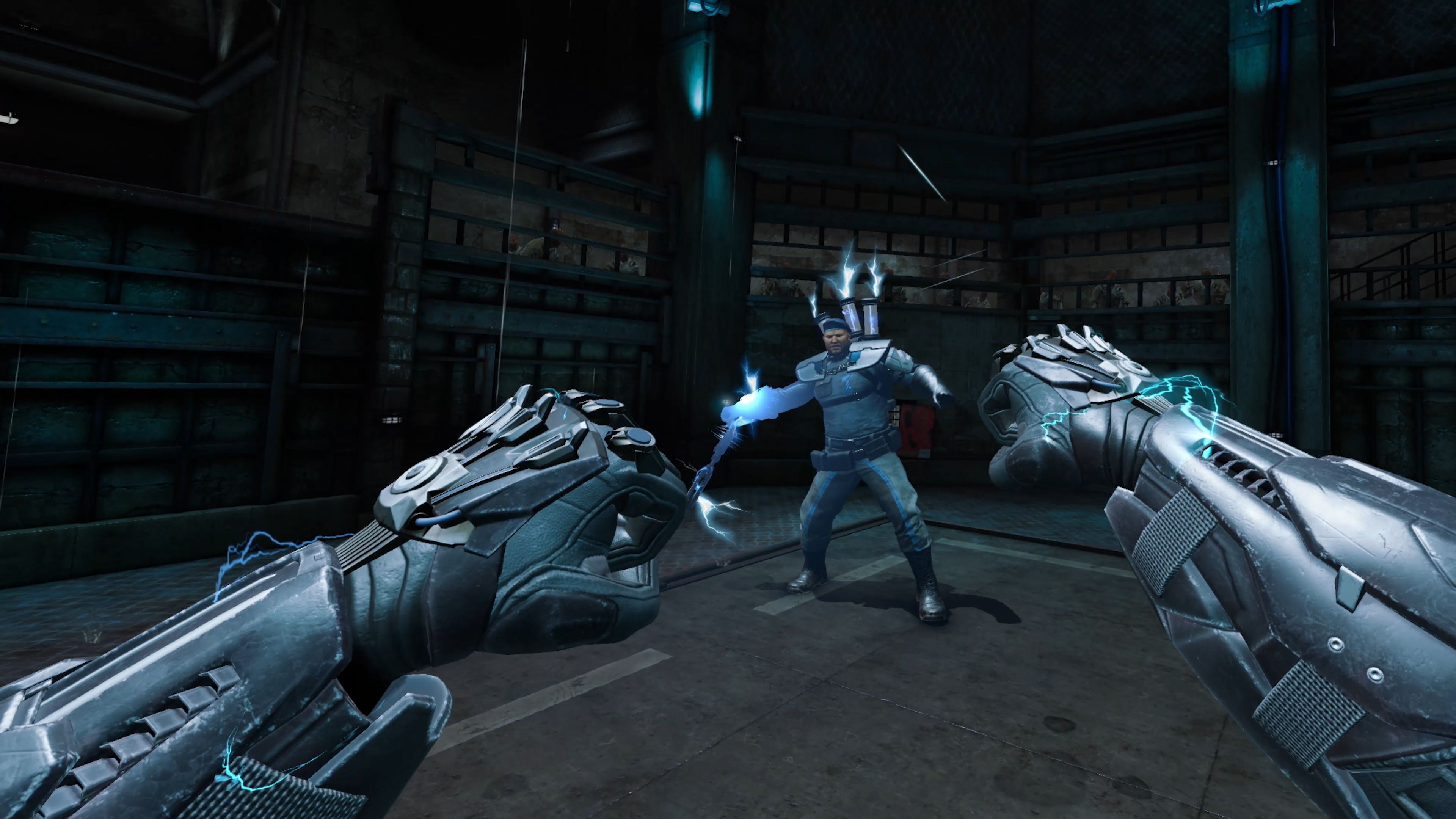
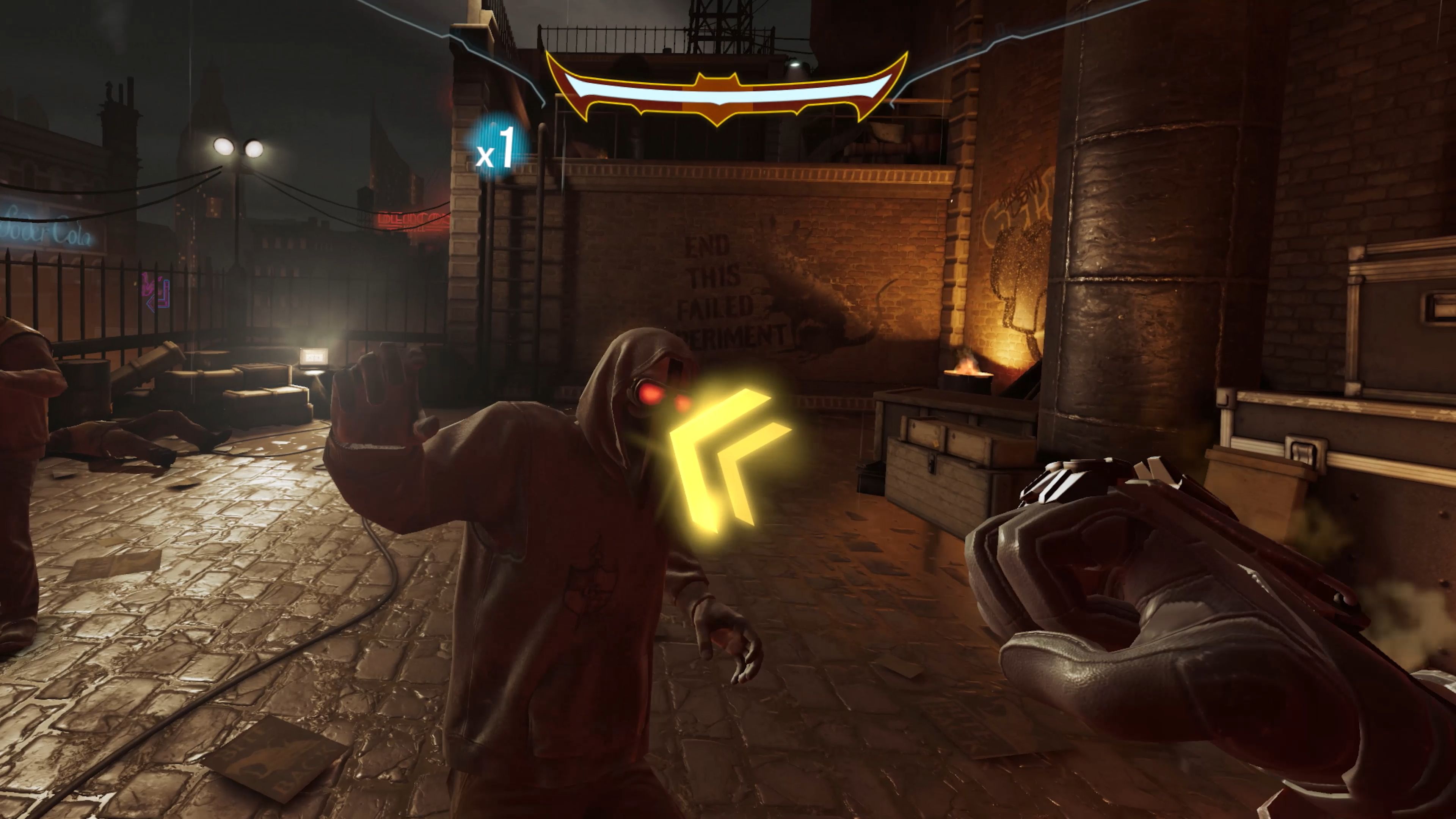






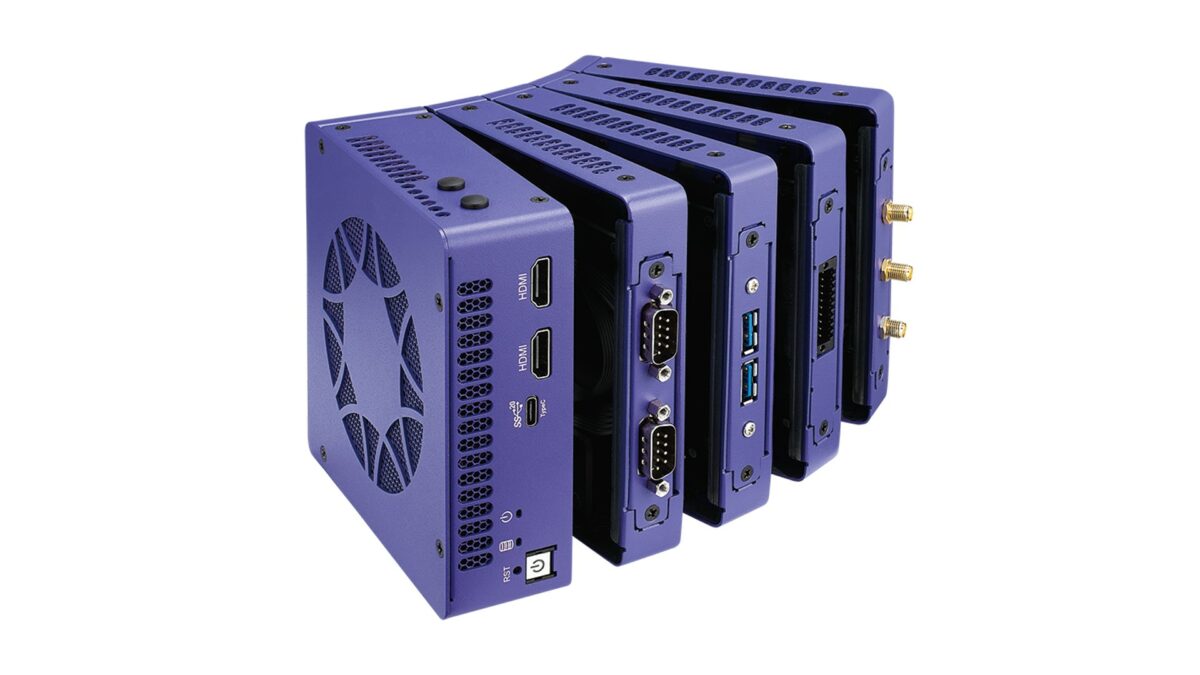


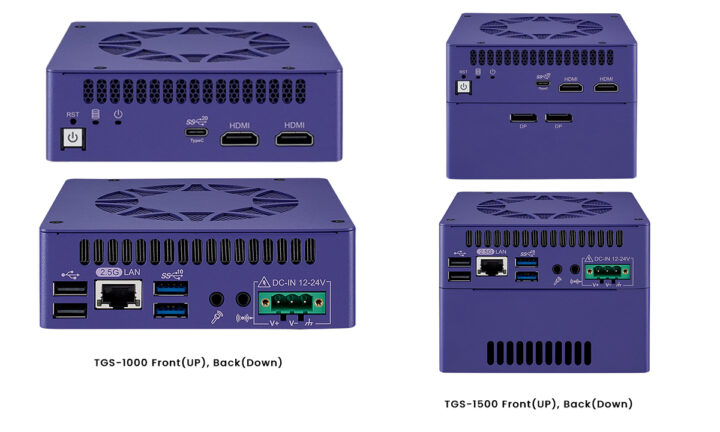


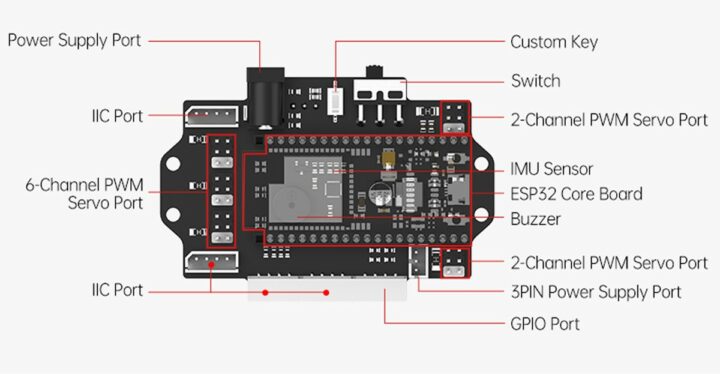

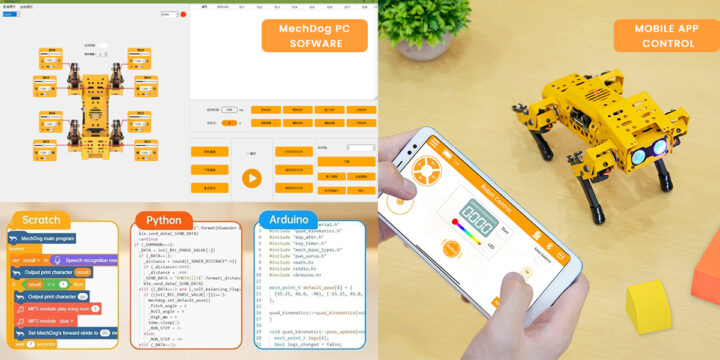
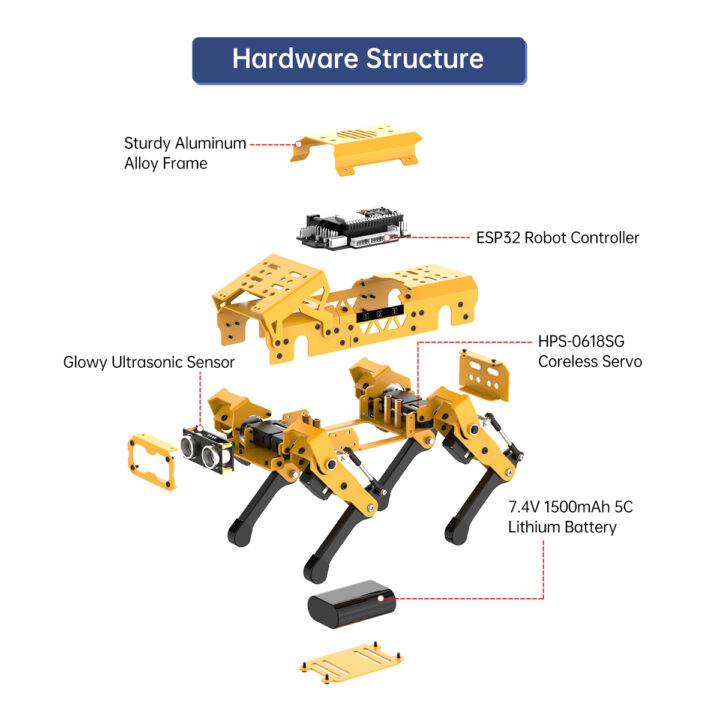


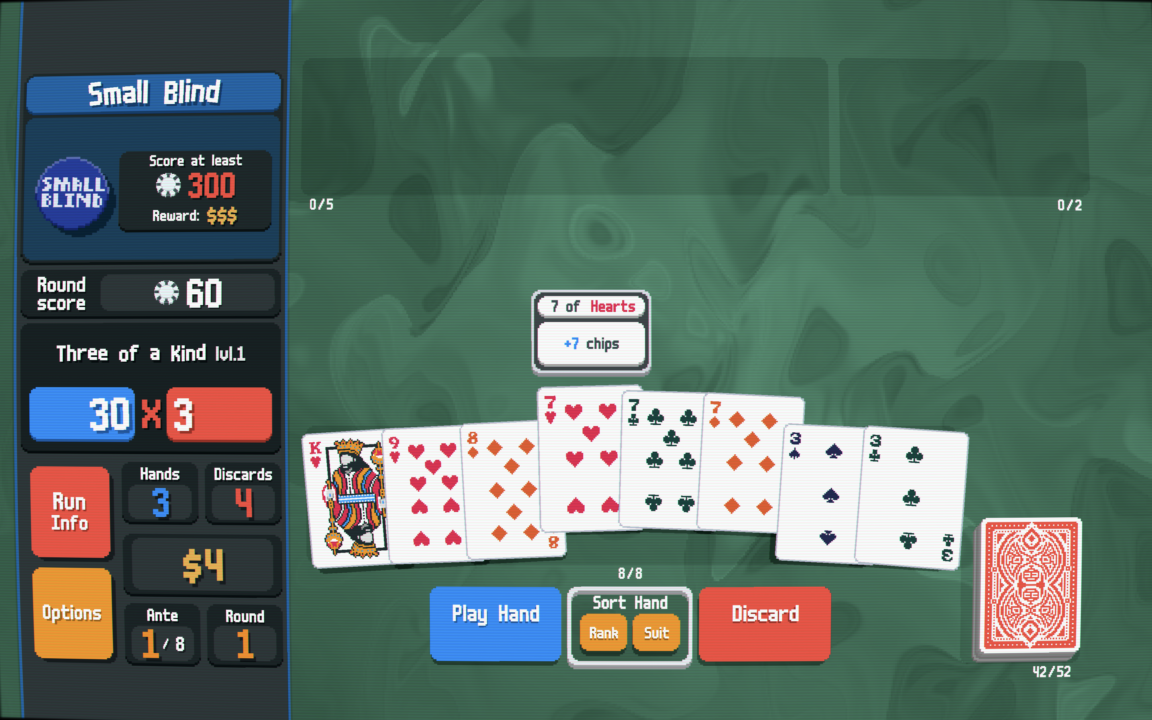
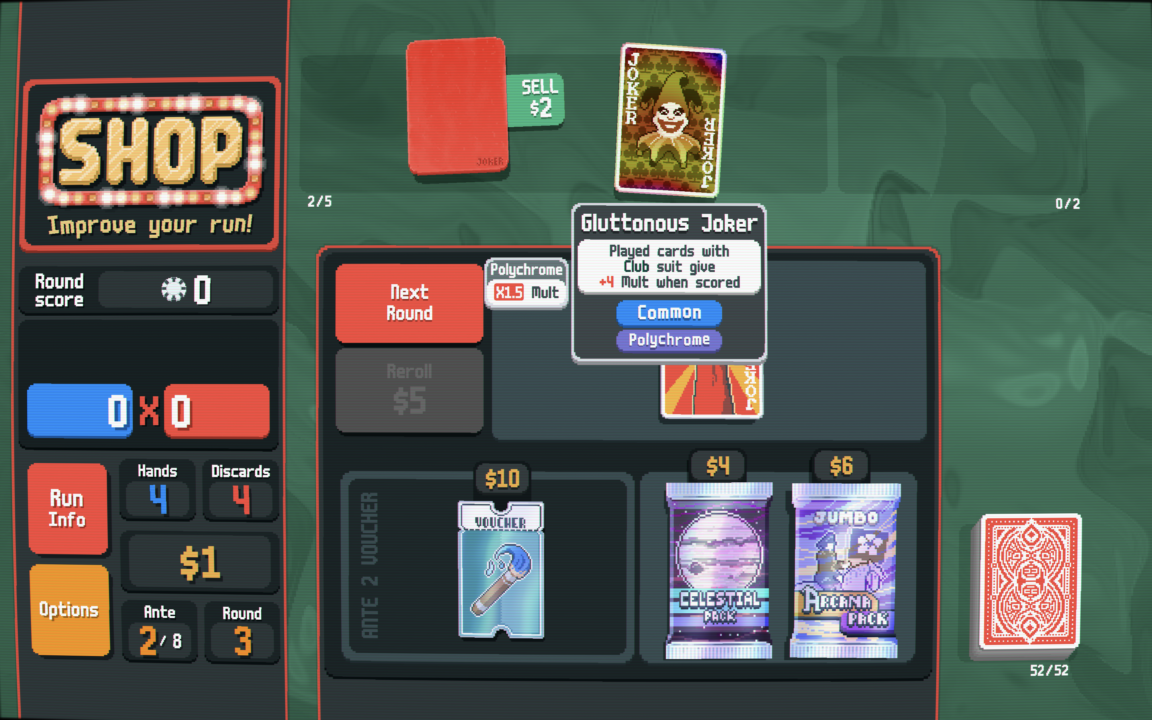
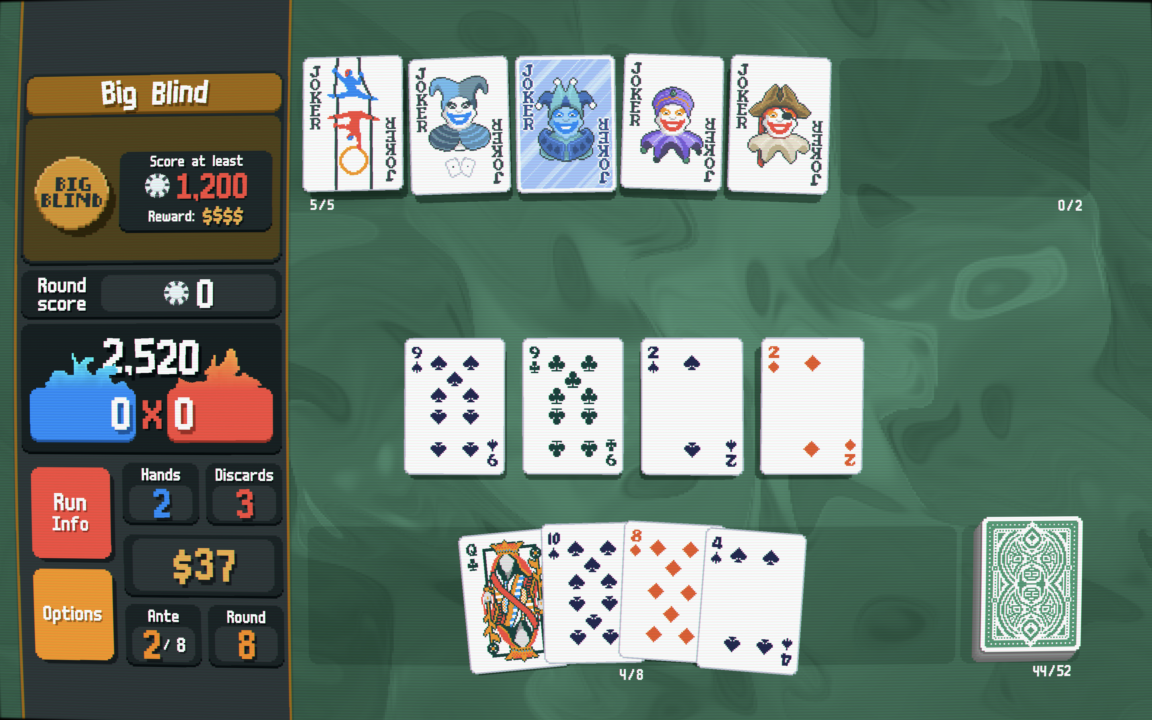





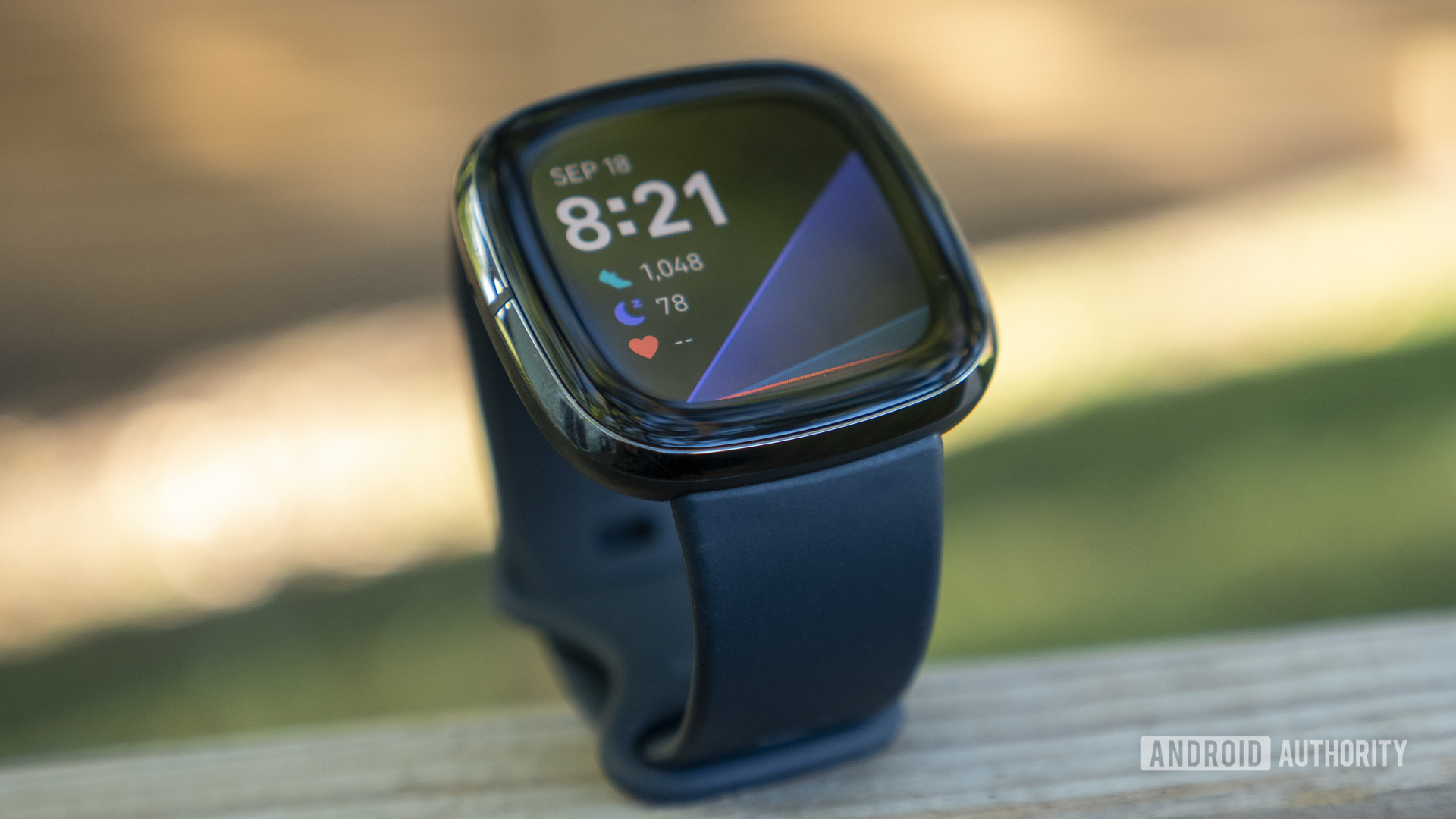
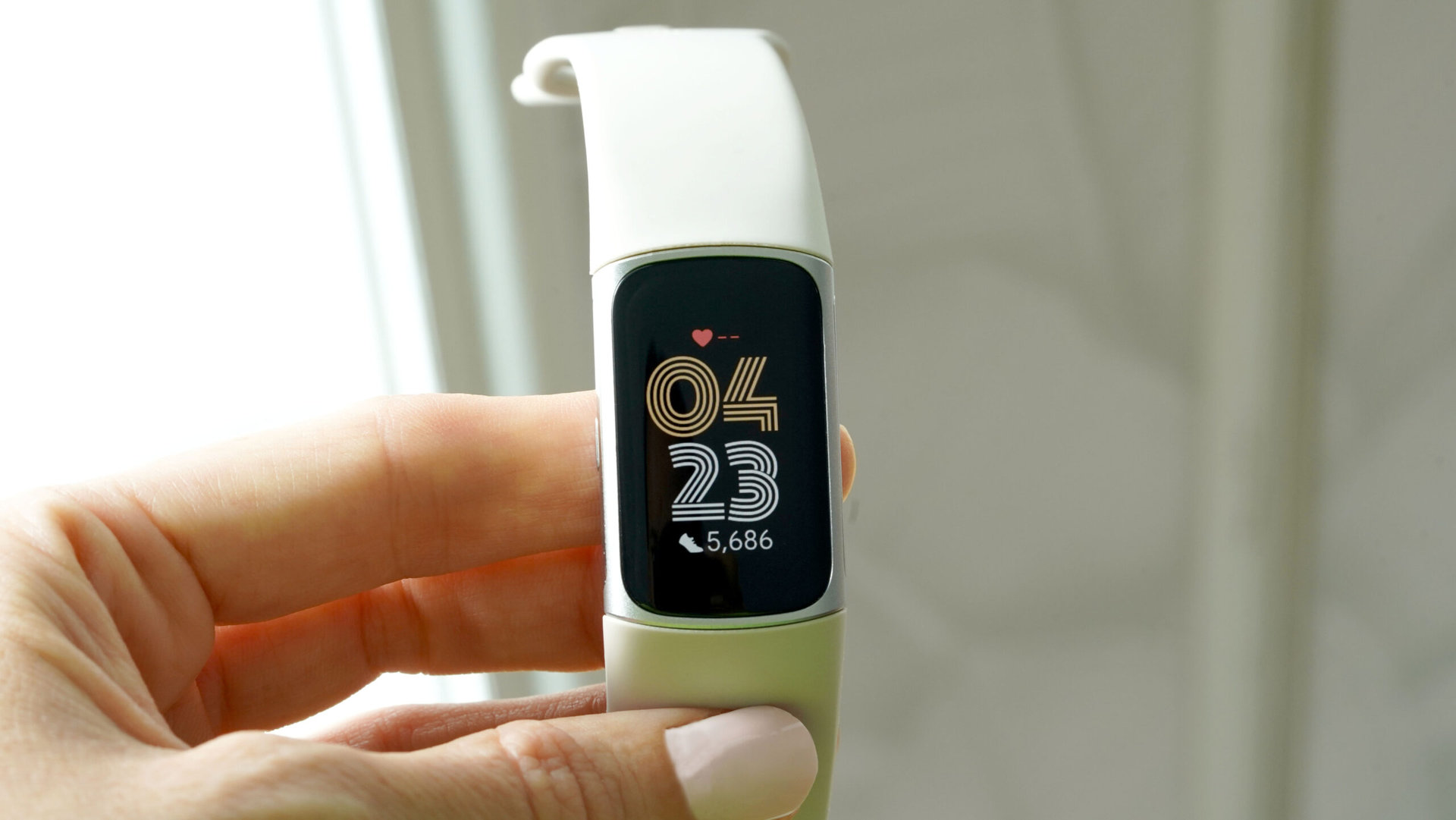
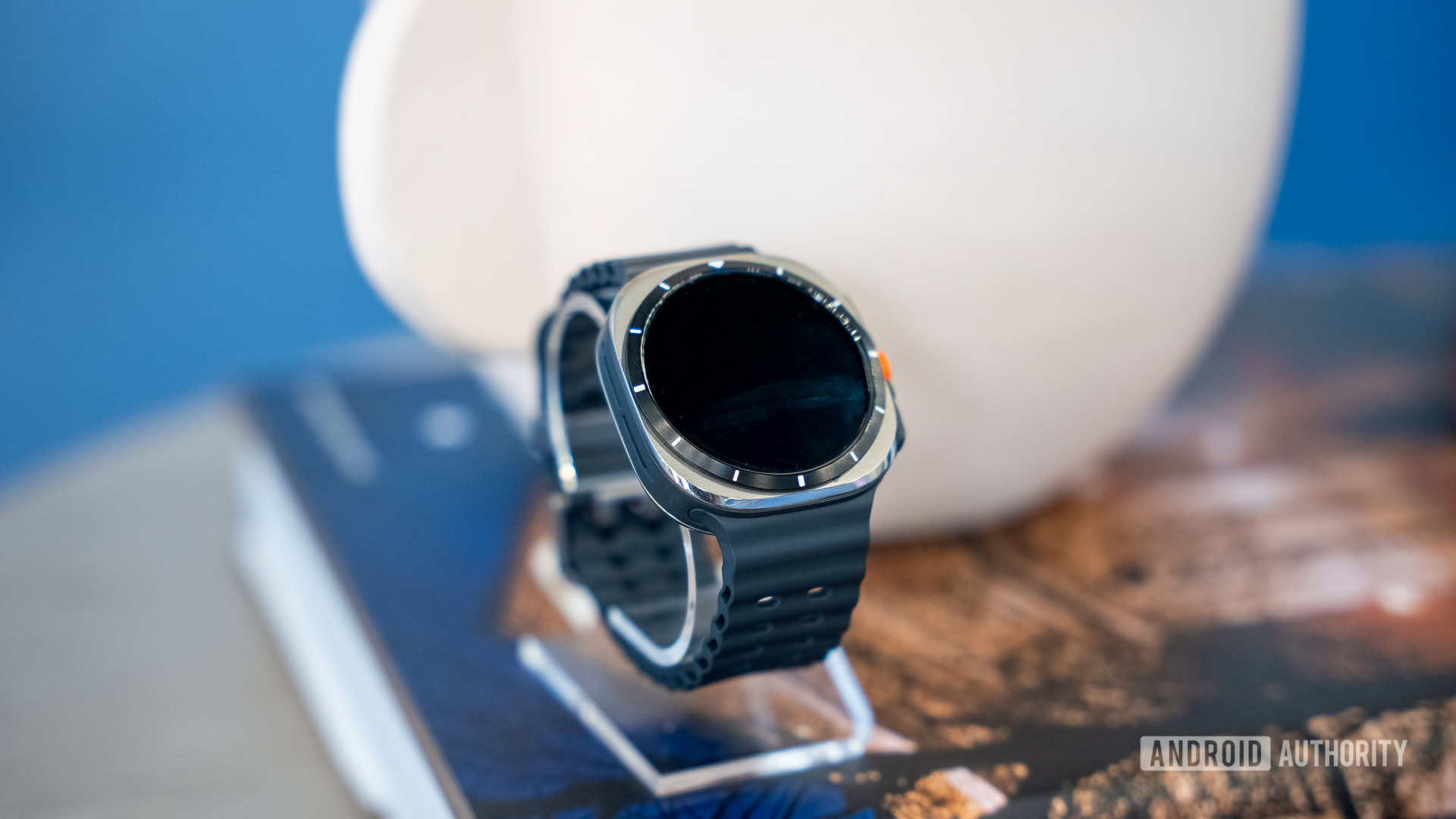
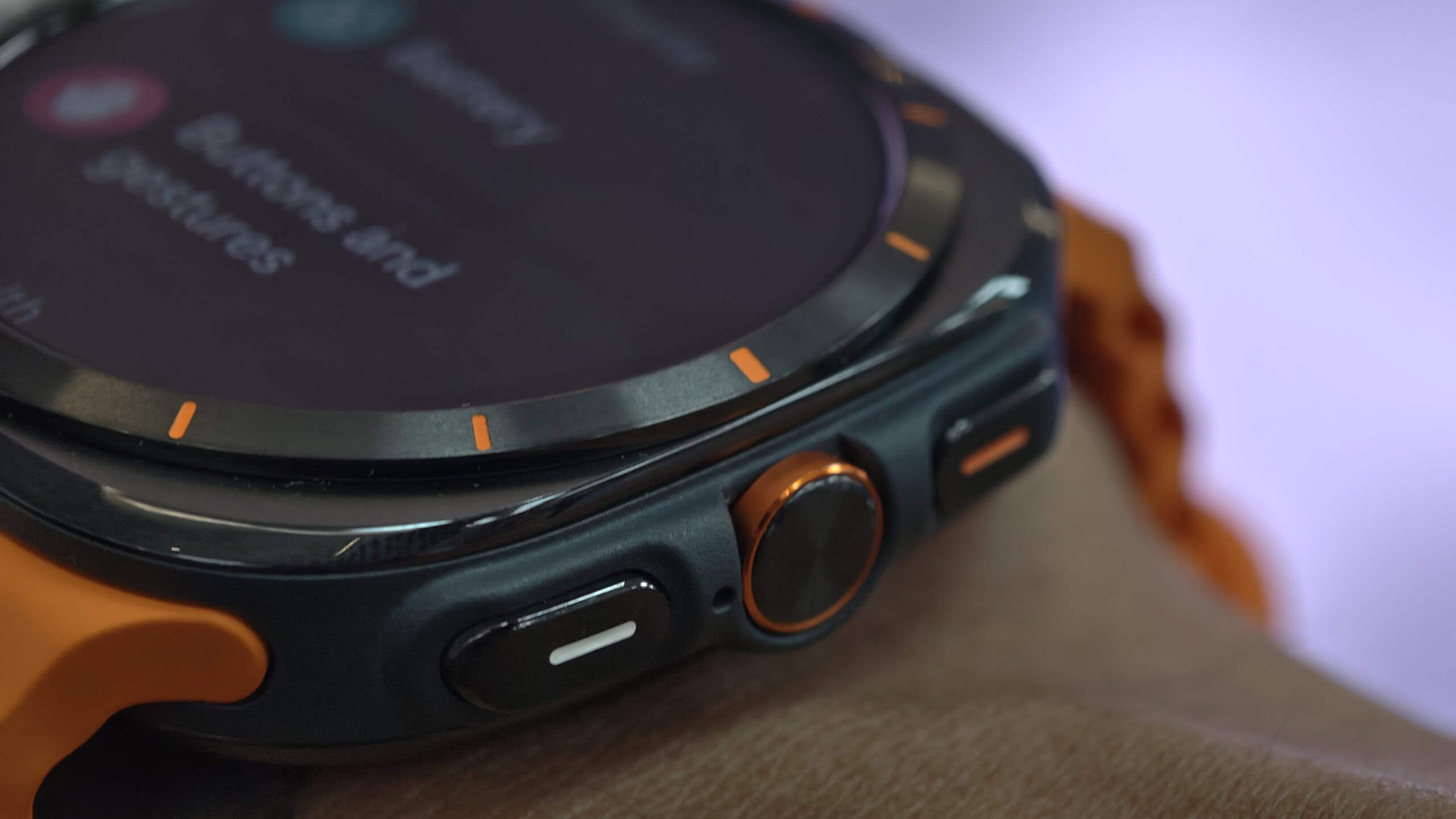

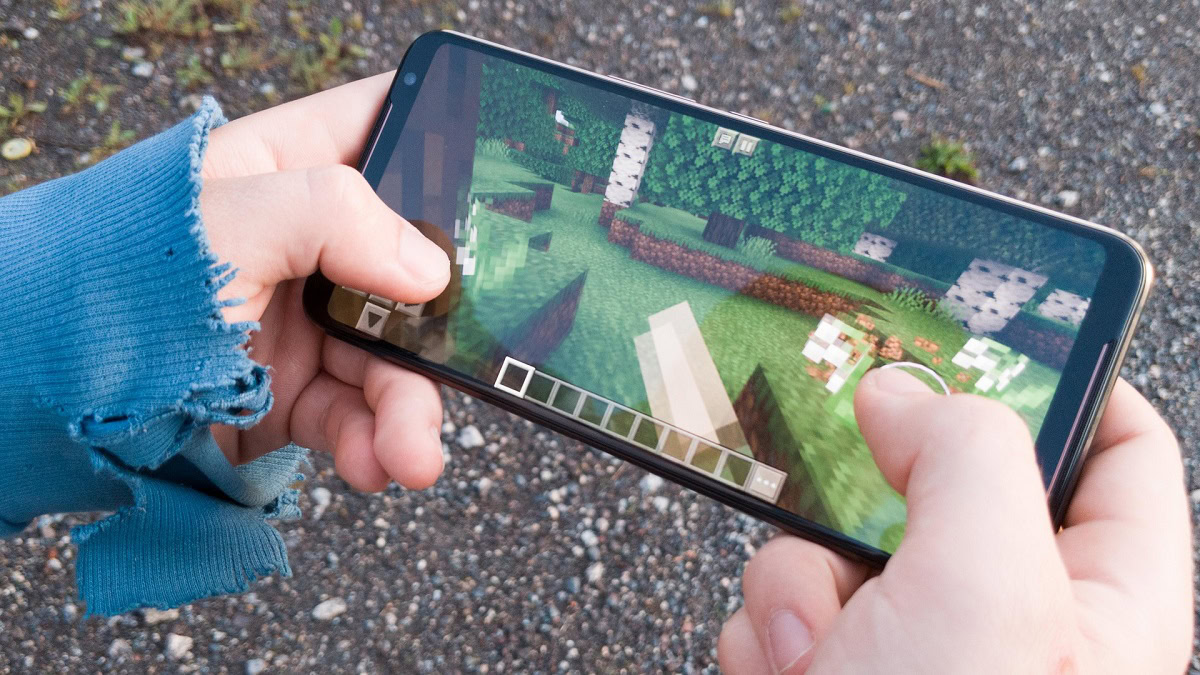
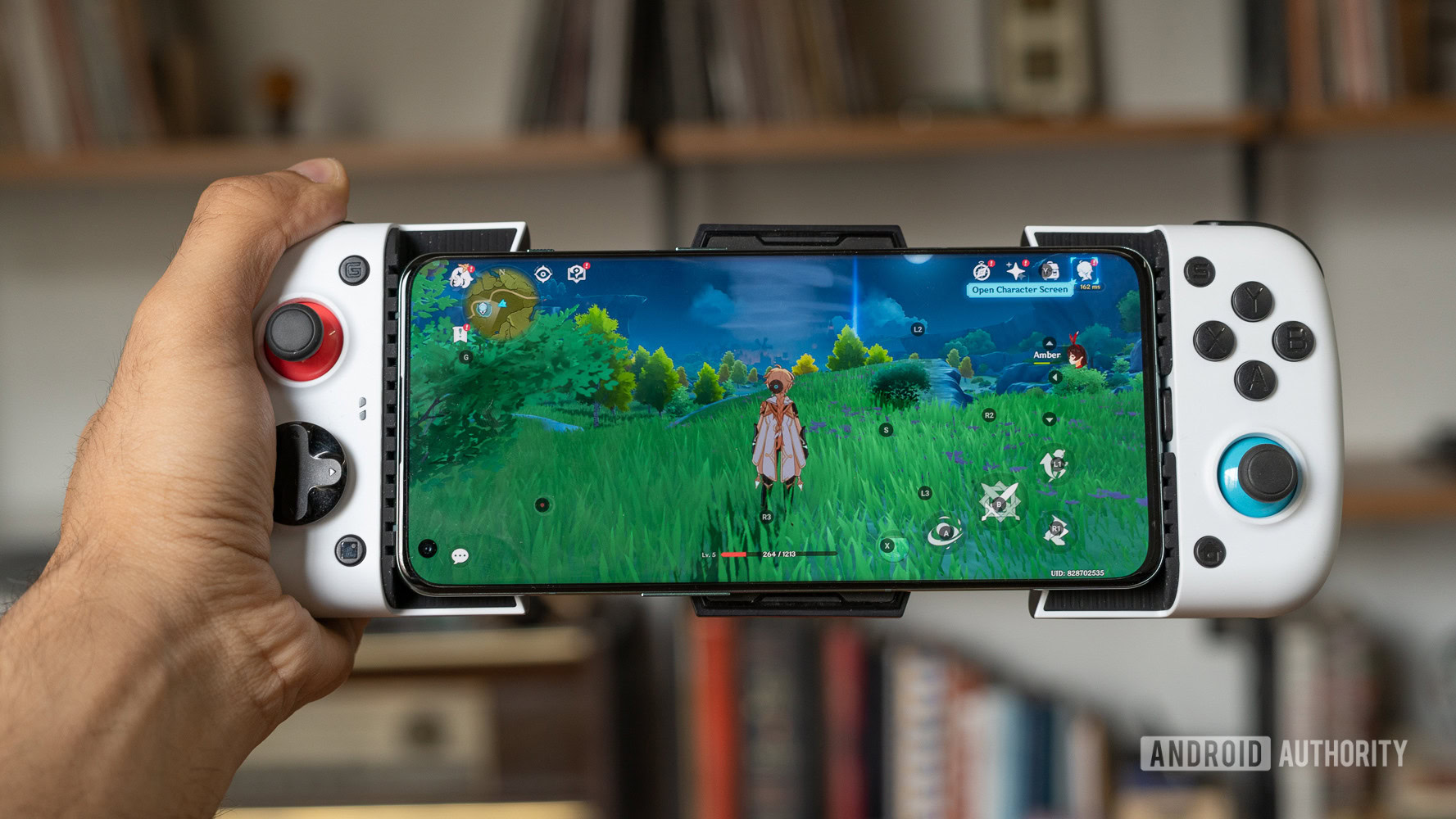
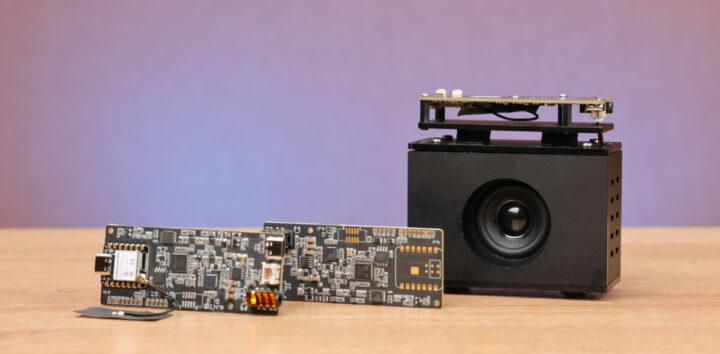
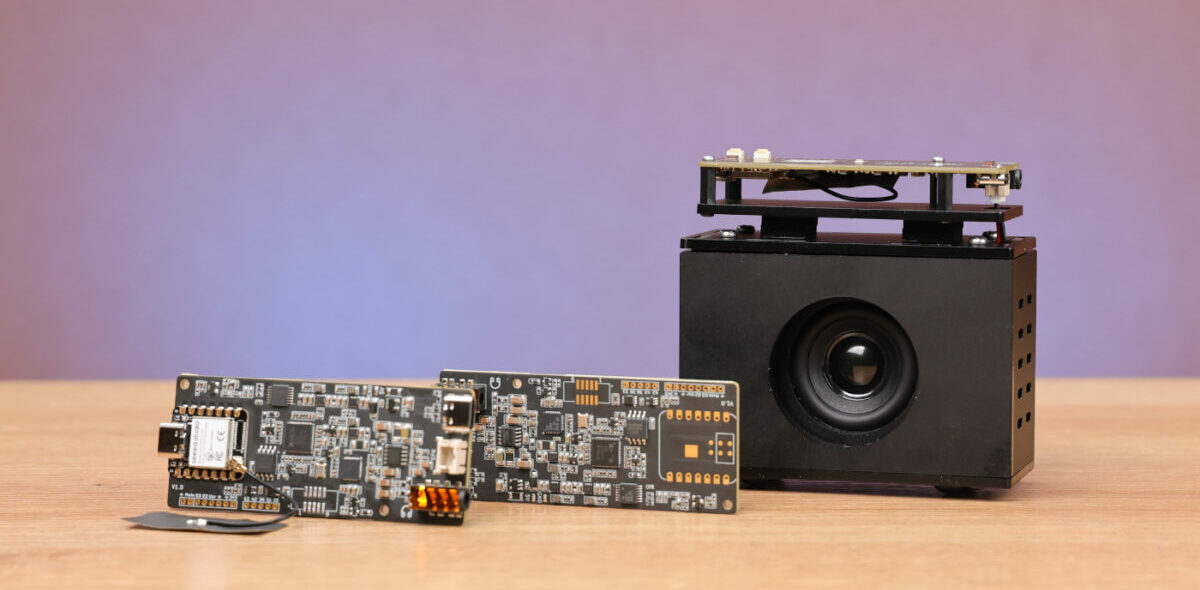
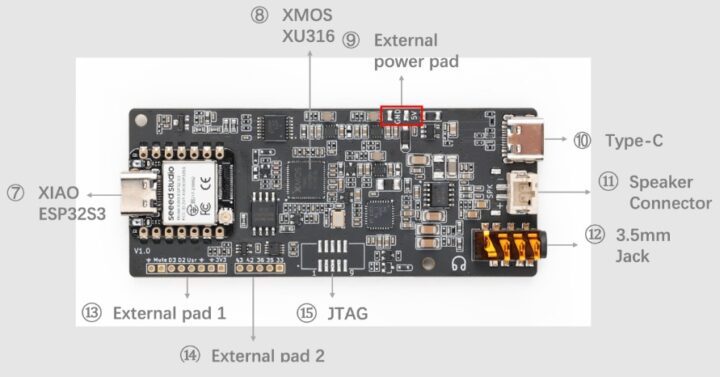
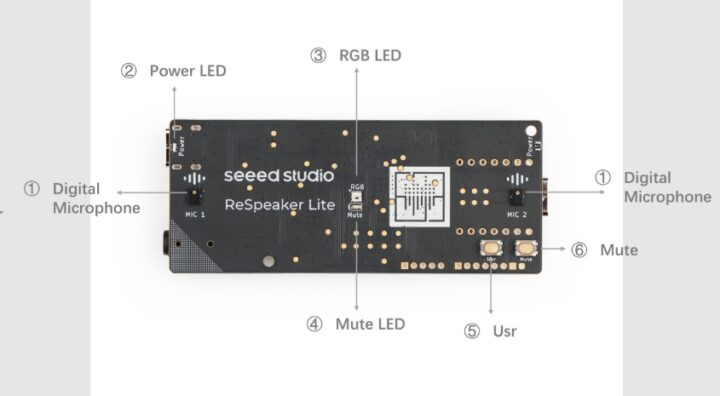
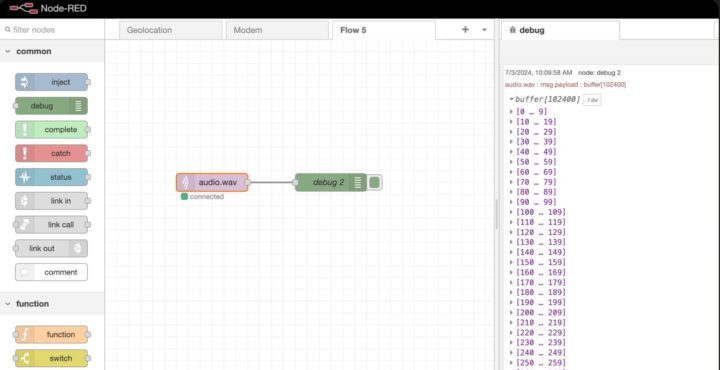
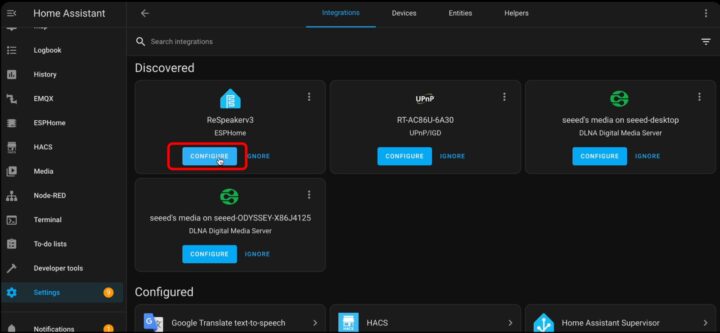 Node-RED MQTT audio streaming and Home Assistant integration
Node-RED MQTT audio streaming and Home Assistant integration


